In this review, we take a look at the exciting Tamron 20-40mm f/2.8 Di III VXD for Sony FE-mount.
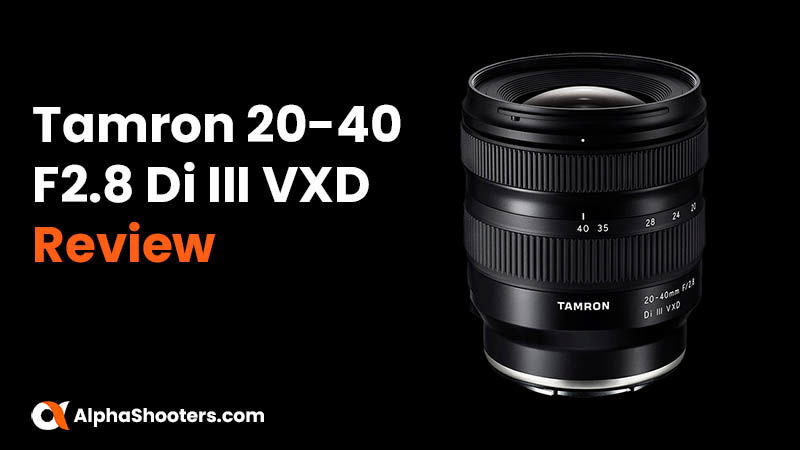
Table of Contents[Hide][Show]
Introduction
Tamron’s E-mount lineup continues to expand and grow. Instead of playing copycat and releasing the same lenses as everyone else, the company often proposes lenses with unique specifications or characteristics, such as their 70-180mm F2.8 and their 35-150mm F2-F2.8.
The 20-40mm F2.8 is another example of trying different things. While not completely new (there is a Pentax 20-40mm for APS-C, and a few 20-35mm or close over history) the focal range is unique enough to be worthy of interest. for many, such a lens can replace a number of primes, serve as a much smaller alternative for the usual 17-35mm F2.8, and serve as a two-lenses combo when coupled with Tamron’s 35-150mm (instead of the frequent “holy trinity” consisting in the 17-28mm, 28-75mm and 70-200mm).
The lens has a long list of features: fast and constant aperture, linear AF motor (called VXD and arguably Tamron’s most advanced AF system to date), weather sealing, USB-C port and compatibility with Tamron Lens Utility software, 9 rounded aperture blades, advanced coatings, and more.
In this in-depth review, we will take a look at all the technical and artistic parameters which help to define a lens. Read on to find out everything there is to know about the Tamron 20-40mm f/2.8 Di III VXD!
Specifications
| Lens Name | Tamron 20-40mm f/2.8 Di III VXD (Model A062) |
| Optical formula | 12 elements in 11 groups |
| Image circle | Full frame |
| Field of view diagonal | FF: 94.5° – 56.8° APS-C: 70.2° – 39° |
| Aperture range | F2.8/F22 |
| Aperture blades | 9, curved |
| Aperture ring | No |
| Max magnification | 1:3.8 (wide) / 1:5.1 (tele) |
| Minimum focus distance | 0.17m (wide) / 0.29m (tele) |
| Internal focus | Yes |
| Filter thread diameter | 67mm |
| Lens cap | Plastic, clip-on |
| Lens hood | Removable petal-shaped |
| Diameter x Length | 74.4 x 86.5 mm (2.9 x 3.4 in) |
| Weight | 365 g (12.9 oz) |
| Price (US MSRP) | $699 |
Construction and Handling
In this section, we take a look at the physical characteristics of the Tamron 20-40mm.
Front Element
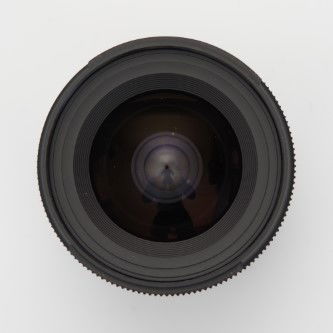
The front of the lens is devoid of markings. The glass takes up a large part of the total front surface. It bears fluorine coatings to repel water and grease.
The lens uses a 67mm filter thread. This diameter is Tamron’s standard; most of their lenses use it, making it much easier to stock on filters for various lenses.
The lens cap is plastic, and a bit thick, similar to caps for other Tamron lenses.
Lens Body

The Tamron 20-40mm has simple body, again in line with other lenses from the company. The body is made of polycarbonate and is sealed against water ingress. It uses the same design language as the 28-75mm G2 and the 35-150mm, an evolution of their previous lenses.

The lens gets marginally longer at shorter focal lengths. Despite the use of plastic, the 20-40mm doesn’t feel cheap or fragile. The company’s new finish feels a bit more premium than what was used in the past.
The bottom of the body, near the camera mount, bears a silver ring. This nicely matches the dual-color of the Sony A7C. A discrete mark next to the silver ring helps to line up the lens for mounting. Above, the lens tapers out slightly.
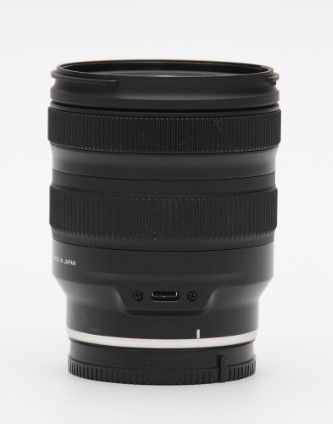
On the taper, the lens bears the USB-C port used to update and customize the lens thanks to the Tamron Lens Utility software. Given the absence of buttons or switches, this port allows firmware updates, as well as customizing the behavior of the focus ring (linear vs gradual action, rotation direction, etc).
At the base of the cylindrical section are the brand name and lens name, printed in white. At the back are the certification markings and the “Designed in Japan” label. Higher up is the zoom ring. It bears multiple focal length markings. The ring is ribbed and easy to find. Most Tamron lenses place the focus ring close to the camera, and the zoom ring towards the front. Here the zoom ring is closer to the bottom. Seasoned users will need a few moments to adapt to this change, but it feels natural after a short time.
Next is the focus ring. As with other E-mount lenses, the 20-40mm uses focus by wire and, while it does offer manual focus override, this must be activated in a menu and cannot be used with continuous AF.
Aperture
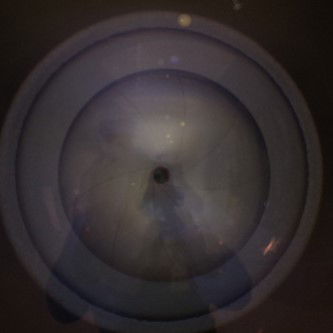
The Tamron 20-40mm uses 9 curved aperture blades.
Lens Mount
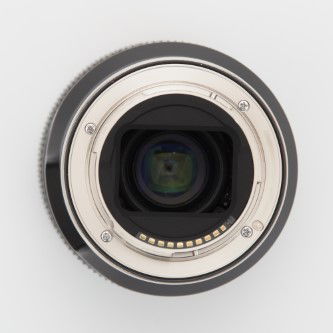
The lens mount is metal, and features a black o-ring to protect against water ingress. There is a rectangular cut-out on the back, to diminish stray reflections. To some extent, it serves a function akin to a lens hood.
Lens hood
The lens ships with a plastic lens hood. It is petal-shaped and, as usual, reverses for storage.


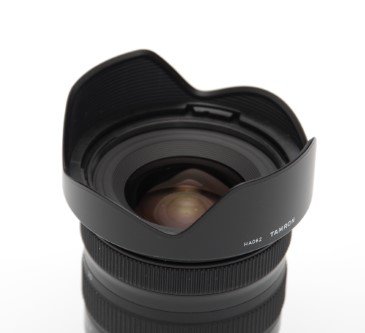
Mounted On Camera
The Tamron 20-40mm is a small lens, no bigger than some wide primes. It balances and handles beautifully.

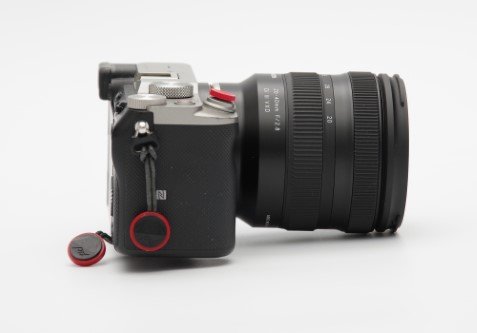
Side by side
Here is the Tamron 20-40mm next to the Tamron 20mm (identical in size to their 24mm and 35mm) and 28-75mm lenses. The 20-40mm is slightly bigger than the 20mm, but the difference is small considering the 20mm is a prime, while the 20-40mm is a zoom with the same maximum aperture and widest focal length.
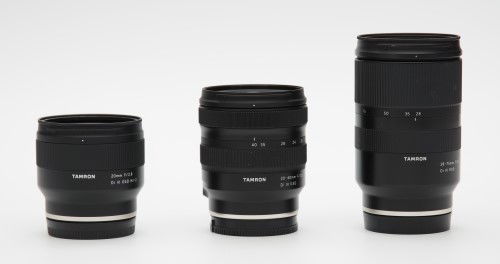
Focusing
When writing our review of the Tamron 70-180mm, we mentioned that its AF system was the best we’ve seen. The 20-40mm uses the same VXD (Voice-coil eXtreme-torque Driver). The former actually used two motors in conjunction, whereas the later uses only one.
In use, the 20-40mm is extremely responsive. Focusing feels instant and is almost completely silent. The lens keeps up with subject tracking using AF-C. It supports every focusing mode available on the Sony.
There is no manual focus switch on the lens, sadly. The focus ring is adequately dampened and shouldn’t move accidentally. It provides poor feedback to the user. The precision of the focus adjustments will be dictated by the speed of rotation of the focus ring. Tamron did a good job even though focus-by-wire is not as direct as mechanical focusing. Thanks to the USB-C port and Tamron’s software, it is possible to tune the responsiveness of the focus ring, its linearity and sensitivity of the ring, and even program focus pulls for videos!
We observed no occurrences of hunting during our tests. AF has been dependable.
AF Speed
AF speed was tested with the A7C. The subject was a black cross on a white background, about 1.5 meters in front of the camera. We used the central focus point. Three measurements were averaged for each data point.
For reference, 5 EV corresponds roughly to a small room lit with a 60 W bulb, and a sunny day corresponds to 16 EV, and a moonlit night to -2 EV.
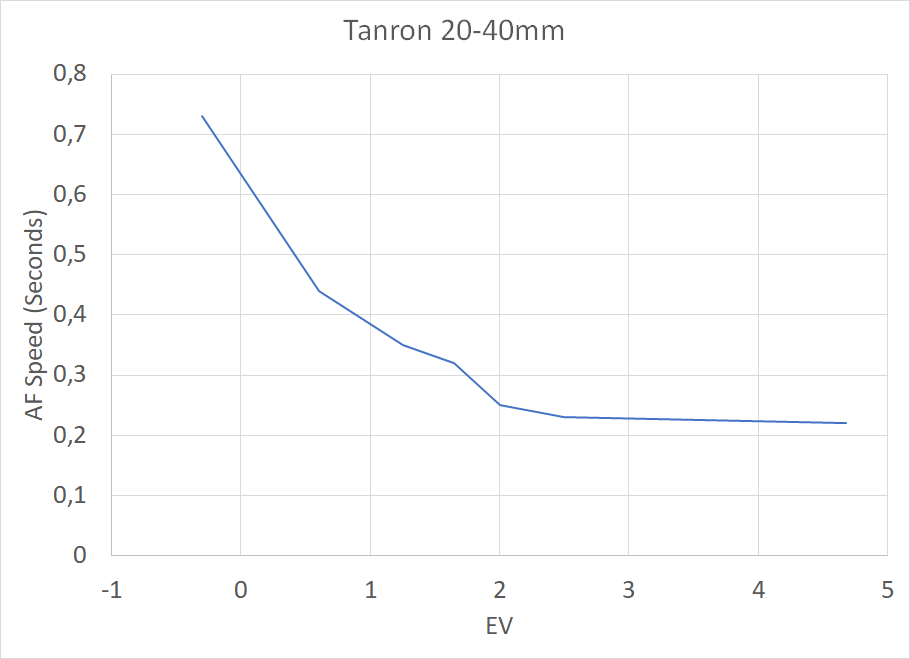
The Tamron 20-40mm performs just as well as we expected, which is to say, it’s very fast. In good light AF is near-instant, in addition to being accurate. Lower light levels show an increase in AF time, but not in accuracy. It remains dependable. Even in our lowest light conditions, it does well, slower than the Tamron 70-180mm (which has TWO linear motors) but similar to the Tamron 28-75mm and 28-75mm G2. It is leagues ahead of the Tamron 20mm, 24mm and 35mm, and even faster than the 35-150mm. The Tamron 20-40mm is mostly comparable to Sony’s 24mm F2.8.
In summary, the Tamron 20-40mm does superbly well in good light, and adequately in low light. It improves on previous Tamron primes covering the same range, building even more on the relevance of this one-stop-shop lens.
AF Tracking
AF tracking, or continuous AF, is a hallmark of Sony cameras. As such, it is important to evaluate whether or not the Tamron 20-40mm can keep up with fast movements of the subject.
In our experience, the lens consistently performs well in this regard. In out tests, it was able to keep track of subjects with ease.
The following animation shows a series of images, and involves movement diagonal to the photographer, a rotation of the camera and voluntary movement of the target inside the frame. The 24 images remained well focused. Moreover, the AF was initiated after the subject started moving.

Check Price & Reviews: Tamron 20-40mm F2.8 Di III VXD
At: B&H Photo | Amazon
General Image Quality
Before diving into the technical aspects of this review, let’s have a look at the more subjective elements which can make or break an image.
Field of View
Coupled with a fast F2.8 aperture, a range such as the 20-40mm has the potential to completely shift many photographers’ paradigm. A vast majority rely either on primes, or some version of the 17-28mm, to cover wide angles. But not many people actually need 17mm, and those might be better off indeed with a prime. The 20-40mm range allows a much smaller and lighter package, while covering a majority of conditions. From landscapes, to cityscapes, candids, group photos, cramped spaces, a lot can be achieved over this range.

This lens will be an ideal choice for travelers looking for convenience and stellar optical performances. Coupled with Tamron’s well-regarded moisture resistance, the 20-40mm will significantly limit the need to carry multiple lenses and swap them while shooting.

The lens might allow some photographers to forego the common 28-75mm lens altogether, coupling the 20-40mm with either Tamron’s 35-150mm or a tele such as the company’s 70-180mm, or Sony’s 70-200mm options.
In use, the Tamron 20-40mm is a pleasure. Its focal frange is convenient, the ability to shoot at F2.8 over the whole range is welcome, and we only wish it was better at close focusing. The 20mm, 24mm and 35mm trio from Tamron are all capable of 0.5X close focusing, while the 20-40mm is limited to 0.26X.
Color and Contrast
Just like other Tamron lenses, the 20-40mm produces rich colors, well saturated without going overboard. The lens reacts well to rich blue skies and warm textures.
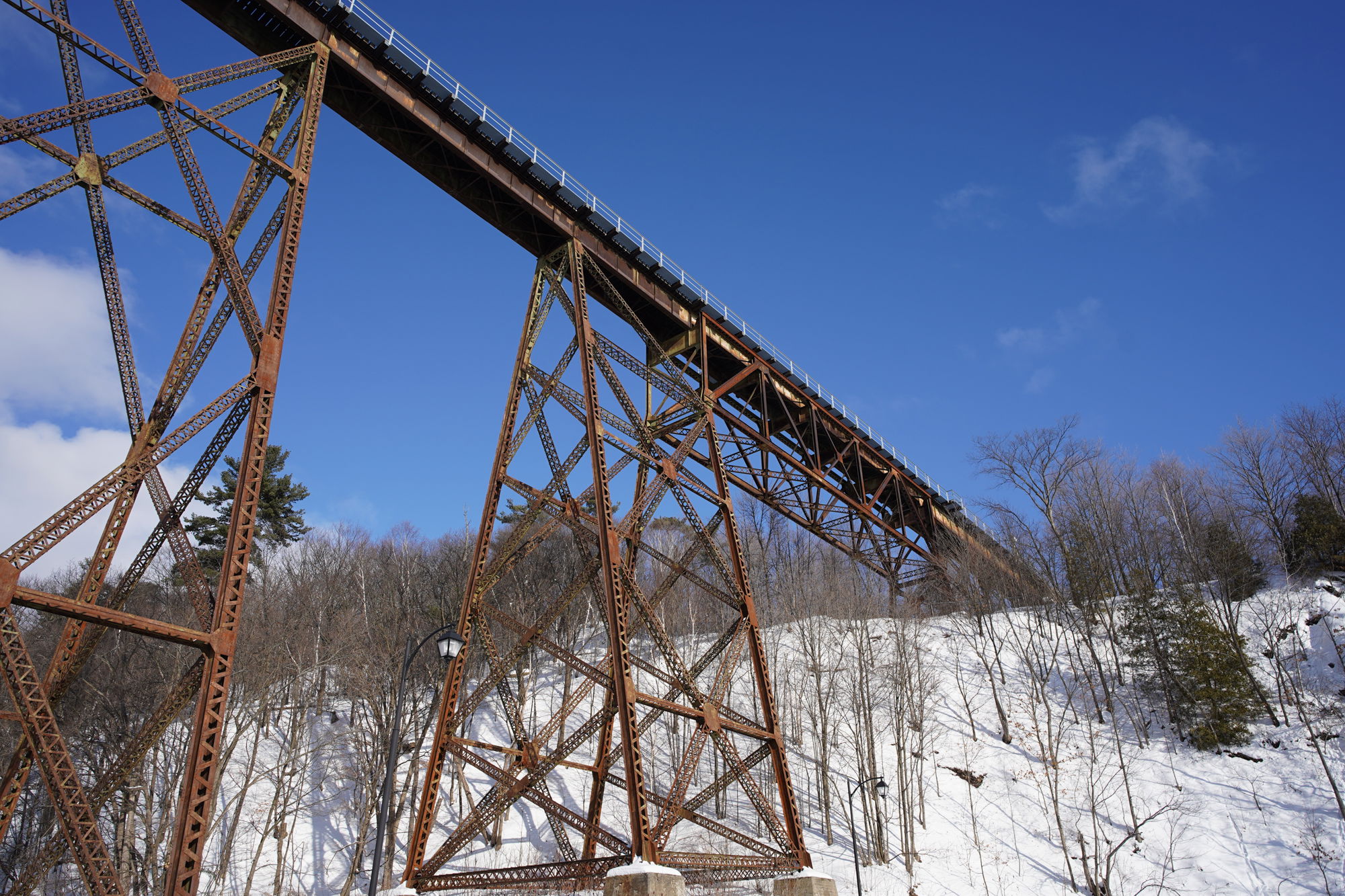
Starbursts
Starbursts are unimpressive. The are present at F11 and F16, but not particularly beautiful. At wider apertures, they are absent. This is not a perk of the Tamron 20-40mm.
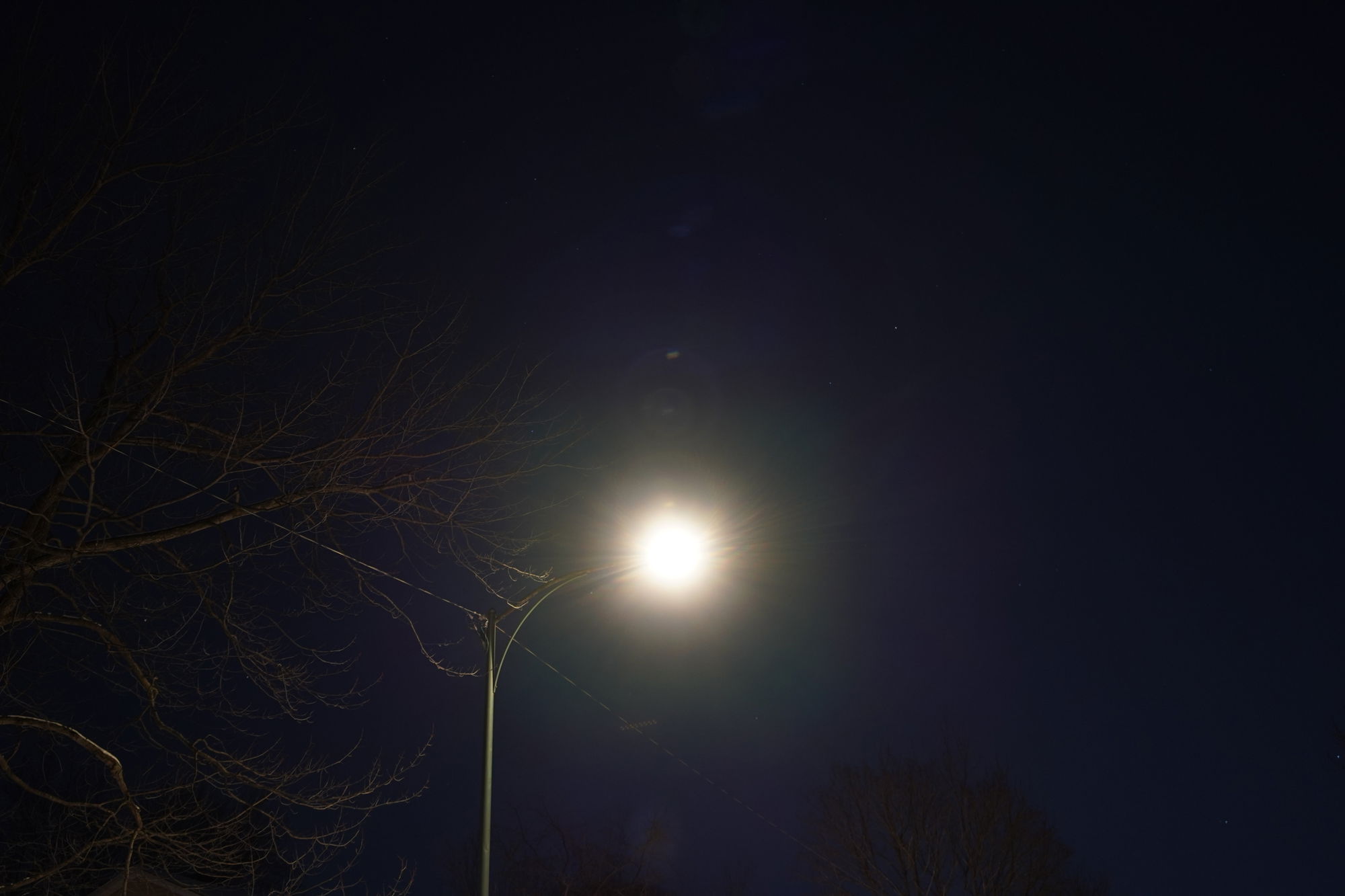
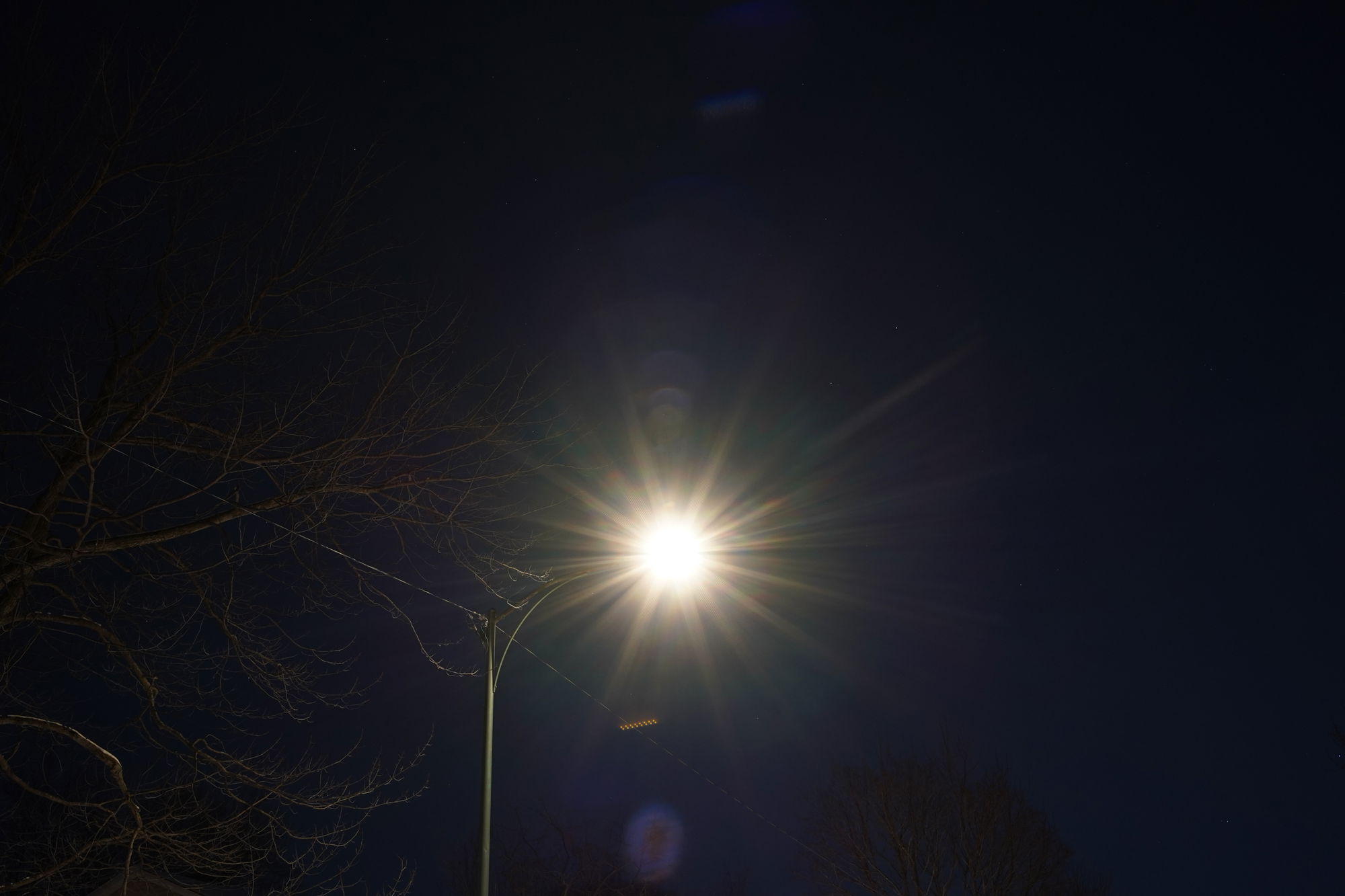
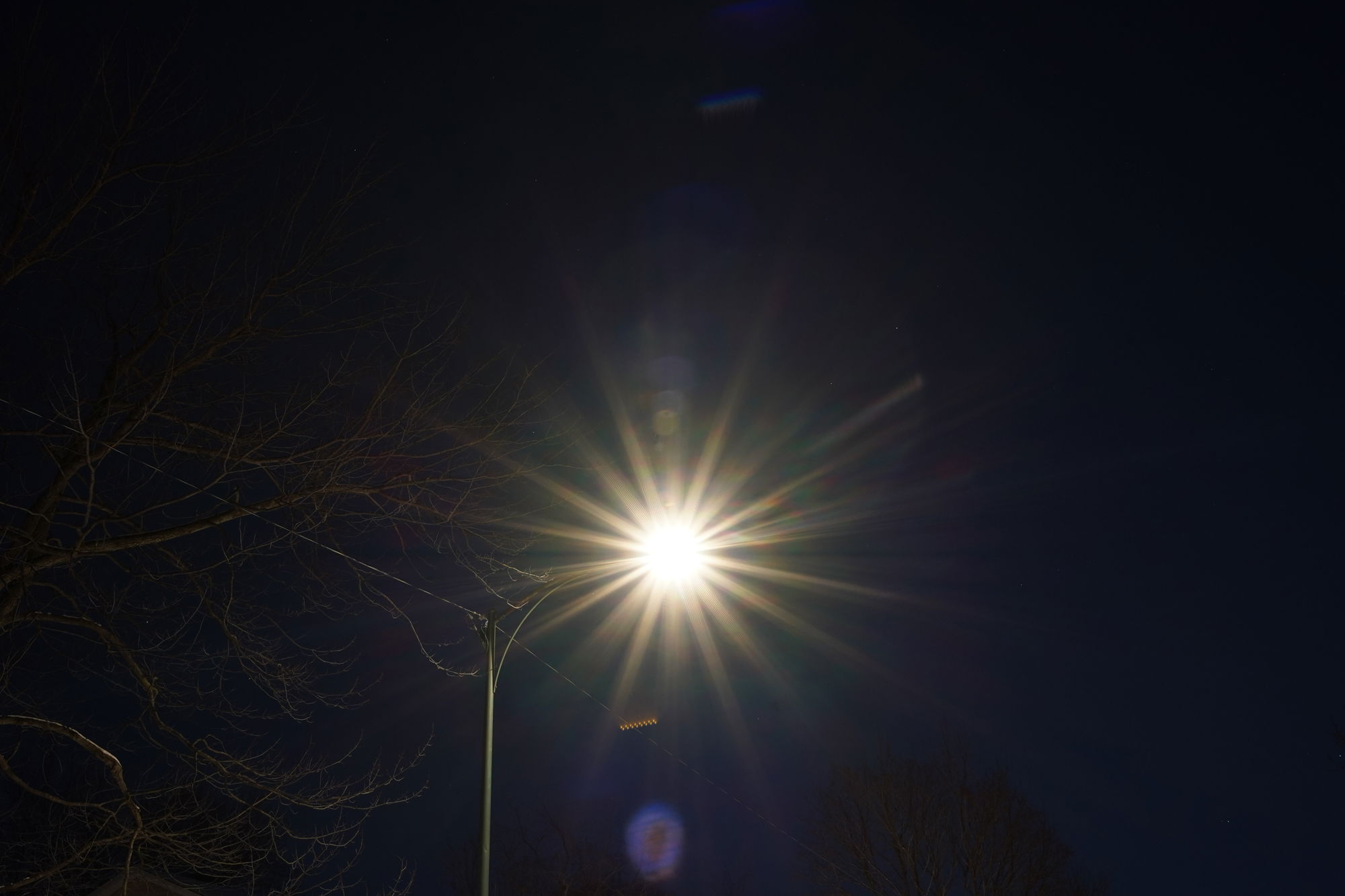
Metering and Exposure
During our tests, exposure was generally consistent and reliable. The lens and camera combo tend to underexpose slightly in difficult situations, like with subjects on snow fields.
Sharpness
Sharpness, or a lens’s ability to resolve small details, is far from the only important characteristic of a lens, but it is probably the one which many users look at first. Soft images distract the viewer and the sharpest point in an image draws the eye.
There are several ways to measure resolution. Some are quantitative, such as the number of lines per millimeter that can be resolved, while others are comparative, such as using a standardized scene to pit lenses against one another. We will use the latter, and supplement it with real-life examples below.
To evaluate sharpness, we use a standard test chart that can be used to compare lenses to one another. We place the camera and lenses at a distance of 100x the focal length, so that the chart occupies the same area on all test images. This results in distances of 2-4 m in the present case. The chart is positioned successively in the center, on the edge and corner off the frame, testing all apertures each time. Focus is repeated for each position to avoid field curvature contributions.
This test will not show how good a lens can be. Quite the contrary, it is a stress test to illustrate the limits of a lens’s capabilities.
Resolution is of course sensor-relevant. For this test we use the A7C camera’s 24 MP sensor.
Test results at 20mm
The following images illustrate the results at all apertures at 20mm.
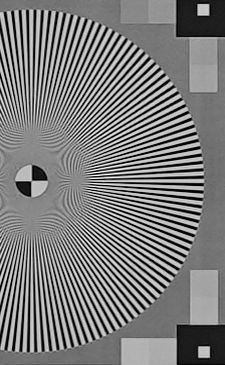
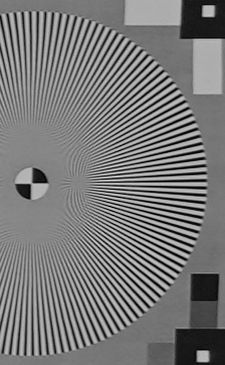
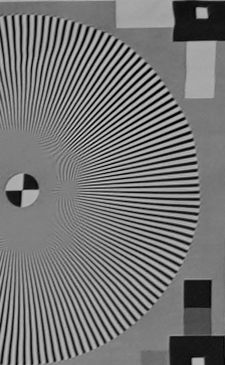
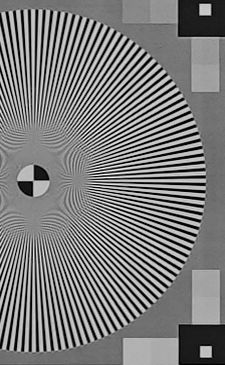
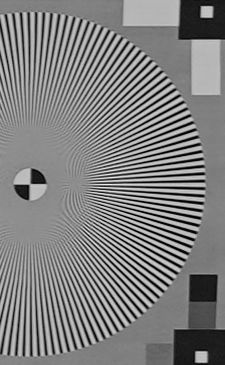


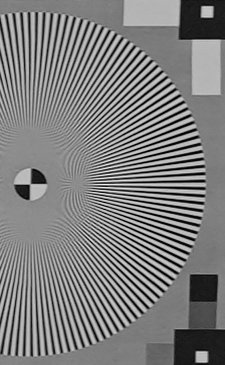

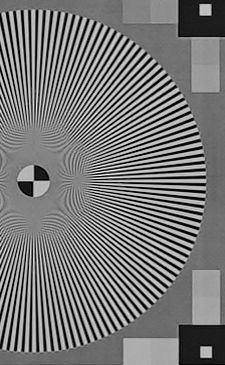
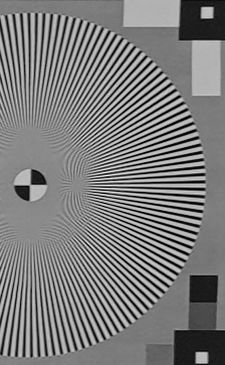

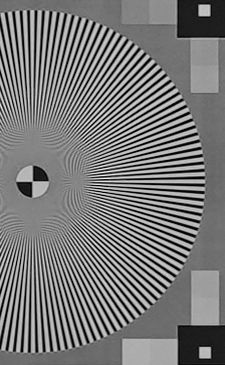

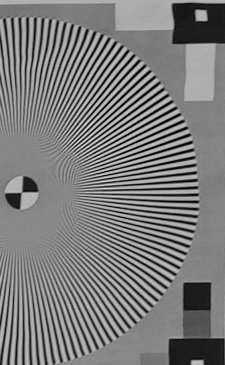
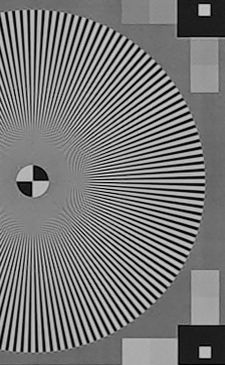
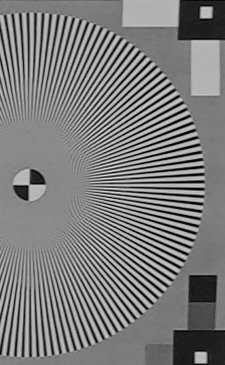

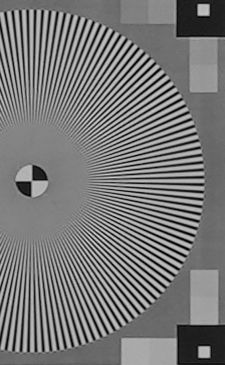
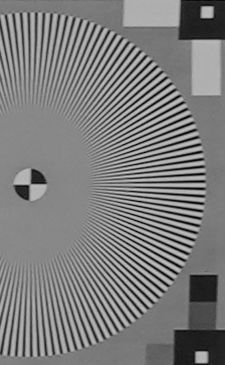

Center sharpness at 20mm is splendid. This isn’t surprising, Tamron lenses normally do very well in this regard. Only F22 is visibly softer. Edges are quite good also, a bit softer than the center but not too far. Results even out at F8. Corners are almost identical to edges, which is no small feat. In short, at 20mm the Tamron 20-40mm produces great edge-to-edge sharpness and uniformity.
Test results at 28mm
The following images illustrate the results at all apertures at 28mm.

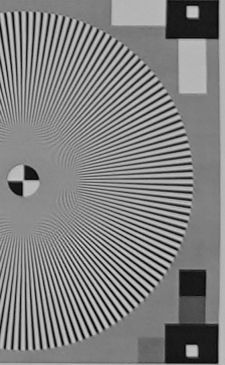
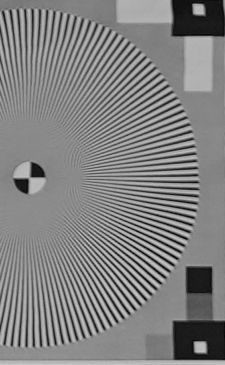
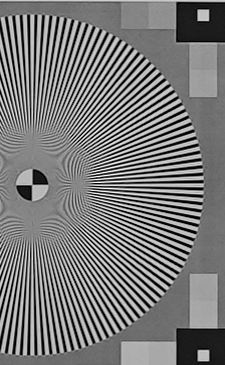

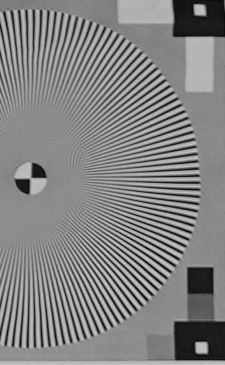
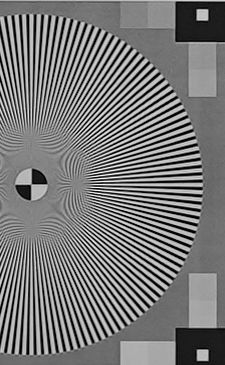
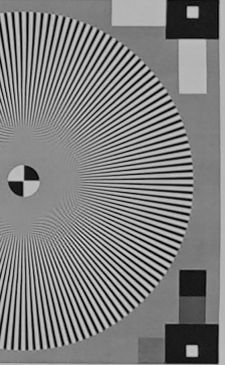
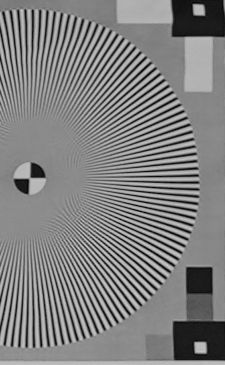


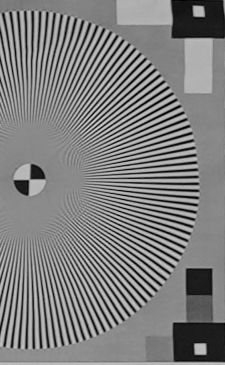
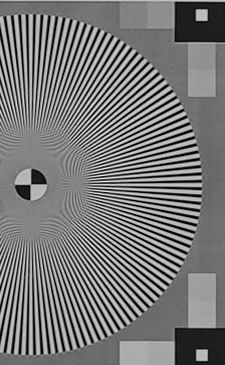




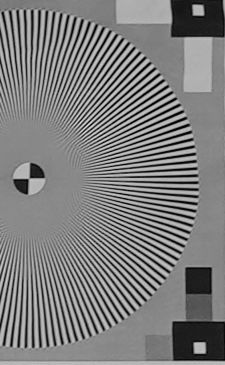
At 28mm, the lens again produces excellent center sharpness. Edges again catch up at F8, but before that the difference versus the center is more important. Corners are also visibly softer, except at F11.
Test results at 40mm
The following images illustrate the results at all apertures at 40mm.


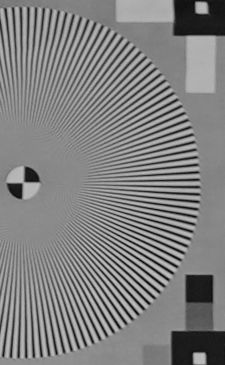
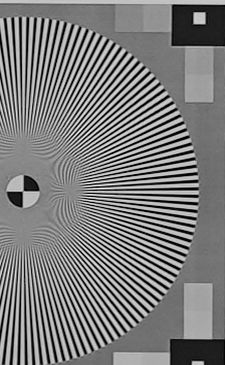
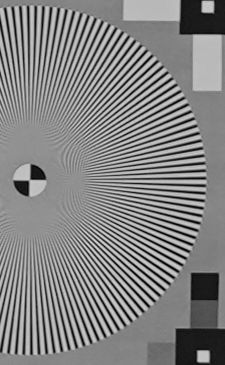
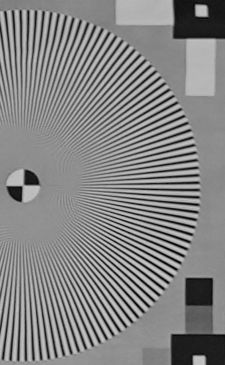

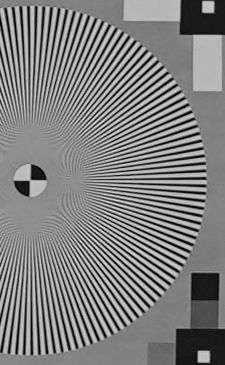
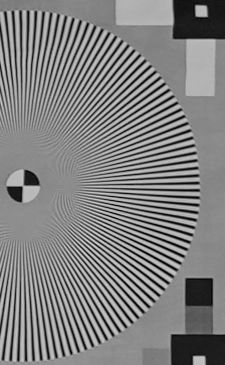
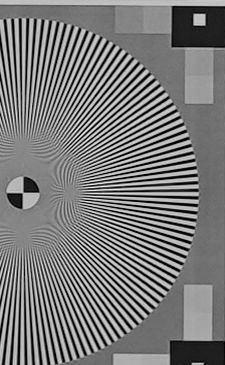
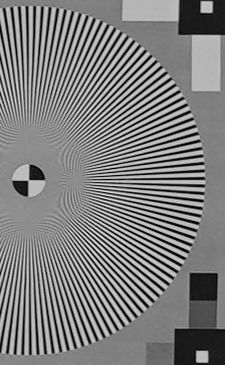
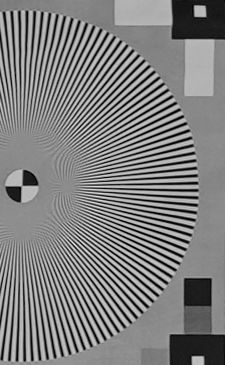
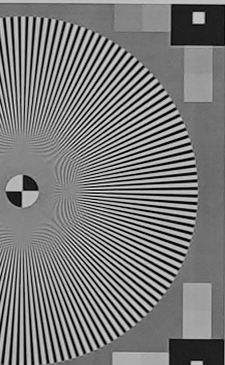
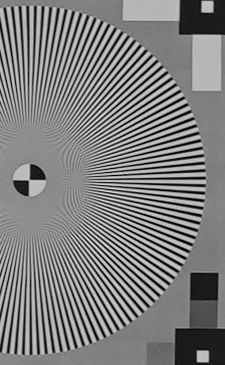
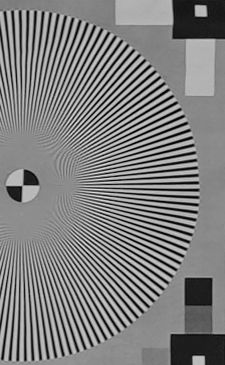

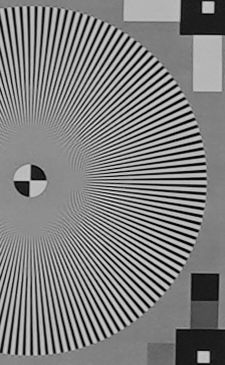

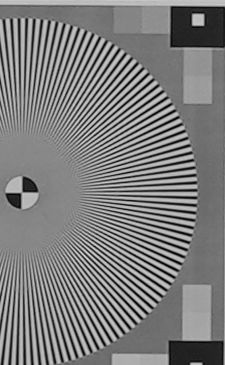
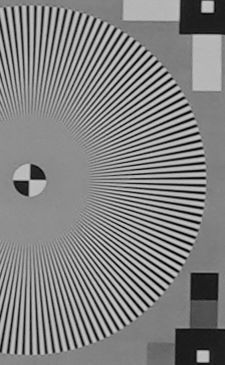

Center sharpness is still consistently excellent at 40mm. Edges do better than at 28mm, evening out with the center by F5.6. F8 and F11 are practically identical also. Corners are soft at F2.8, usable at F4 and close to the edge results at F5.6 up to F11.
Summary
We can forgive some corne sharpness with a fast aperture lens. It is rare that the photographer will want high uniformity at F2.8; subject isolation is more likely. In that view, the Tamron 20-40mm delivers above expectations, thanks to excellent uniformity at most apertures at 20mm. At 28mm and 40mm, the lens does deliver good uniformity, at medium apertures, which is in line with the most likely use cases (landscapes at F8, for instance). All in all, superb results.
Vignetting
Vignetting, or the darkening of corners at wider apertures, is both a defect and a feature, as it can be used creatively to put emphasis on subjects closer to the center, create a mood or a vintage look. It can also be corrected automatically by modern cameras so is less of a problem than in the past. That is only true for lenses with electronic contacts, including the Tamron 20-40mm.
The following chart illustrates the vignetting of the lens for full frame when left uncorrected.
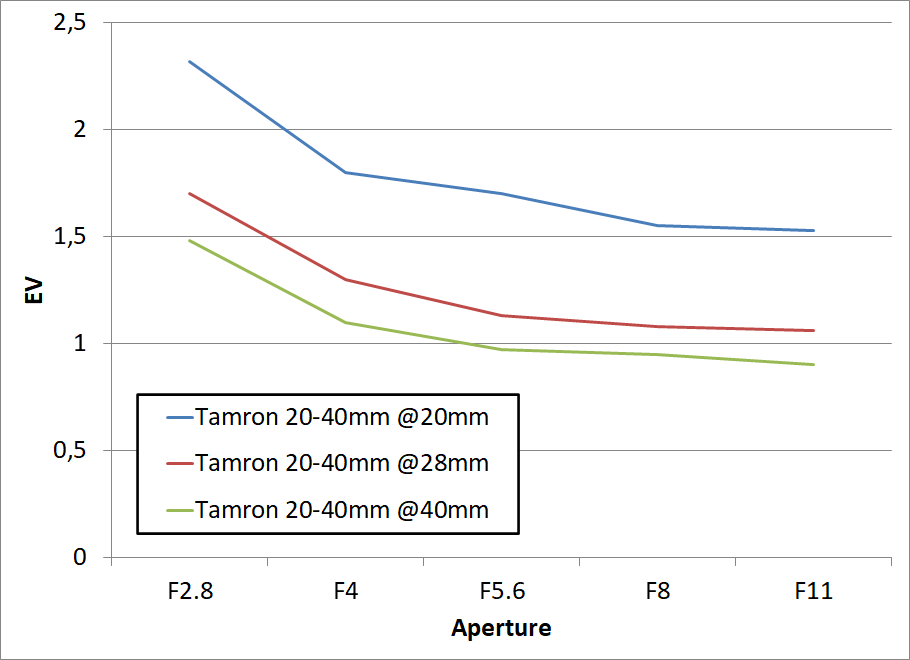
Vignetting is an area where lens designers often take shortcuts. It is rare nowadays to see a lens, especially on mirrorless, which does not suffer from vignetting when left uncorrected. The Tamron 20-40mm is no different. Vignetting is important wide open, and never truly goes away. In general, vignetting stronger than 1 EV will be noticeable, and the 20-40mm almost never goes below this value. This means vignetting will have an impact on all images.
We recommend activating automatic vignetting corrections with this lens, unless the effect is used creatively. It is clear that this is one area where the designers made compromises. On the one hand, many users will simply activate auto-corrections and forget about it. On the other hand, those corrections degrade the images, sometimes barely and sometimes more importantly. It is better to be able to rely on a well-designed lens to begin with.
The images below show the lens’s vignetting at varying apertures.














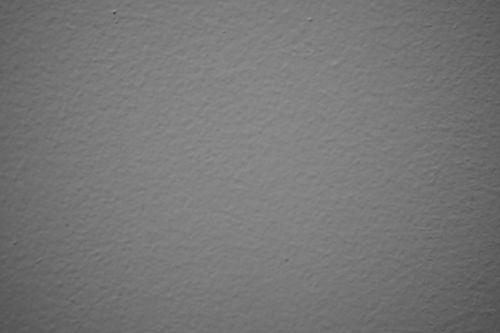
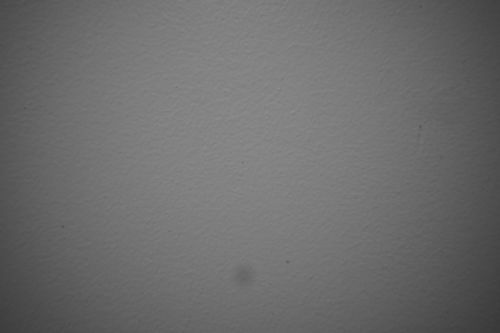

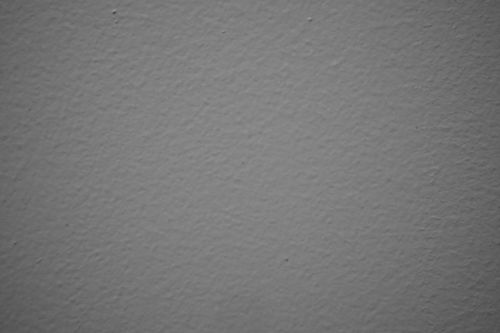
Bokeh
Bokeh is a Japanese term describing the quality of the background blur. It does not relate to the depth of field but to the areas in the image that are beyond the range that is expected to be in focus.
Bokeh is highly subjective. In general, a smooth bokeh with blurred shapes and contours is generally perceived as being of a higher quality. A shallow depth of field does not always equate a more pleasing bokeh.
To evaluate the characteristics of the background blur, we took pictures at varying apertures, using a scene with a lot of detail and bright highlights. The following images show the results.
The Tamron 20-40mm delivers gradual transitions between the in-focus and out-of-focus areas. The out-of-focus rendering is a bit busy, not dramatically so but still not up to the best standards. highlights are well rounded but their edges are harsh.
The images below are further examples of the lens’ rendering.
It is still entirely possible to produce nice subject isolation with the lens, keeping in mind that for the creamiest bokeh there are better options.

Flare and Ghosting
Flare is a decrease in contrast caused by reflections on internal lens elements. Ghosting is the appearance of orb-shaped artifacts in an image containing a light source, caused by the same internal reflections. High-quality coatings reduce the importance of flare and ghosting in an image.
We test flare and ghosting by taking pictures of a bright light source positioned at the center and on an edge of the frame, at varying apertures. We took a look at both extremes of the range.
Test results at 20mm
At 20mm, the Tamron 20-40mm does adequately for flare and ghosting. With the light in the center, there are several ghosts and some flare appearing around the light source, becoming more visible and defined at smaller apertures. This is average. With the light in the corner, the lens does better. There are some ghosts but they are small and generally unobtrusive.
Test results at 28mm
The lens does better at 28mm. In the center, there is still some flare but it manifests mostly at F11 and smaller apertures. Before that, the effect is present but subdued. With the light in the corner, the results compare well with 20mm: some ghosts, generally not bothersome.
Test results at 40mm
At 40mm, with the light in the center, strong halos appear at all apertures. Manageable but not fantastic to say the least. In the corner, the lens continues to do well, with almost nothing to see before F11, and well-controlled ghosting (present but not dramatic).
Chromatic aberration
Chromatic aberration (CA) occurs because different colours do not always have the same focal point. With modern lenses designs, which are better corrected than vintage designs, this is more likely to occur in out-of-focus areas. CA effects are more visible near fast transitions from bright to dark areas.
Most modern cameras have built-in tools to remove CA. Digital manipulations can have an impact on other aspects of an image, thus it is useful to know how a lens performs when those automatic corrections are disabled.
Our test sets up the camera at 45° and focuses on the center of the frame, with targets at the center, top and bottom. Images are captured at varying apertures at 28mm.
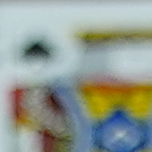





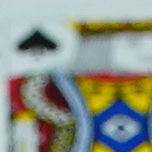

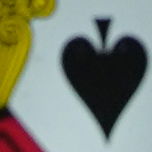
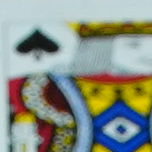
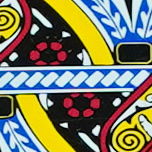



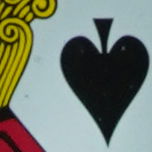

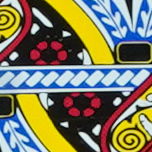

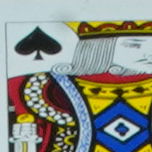
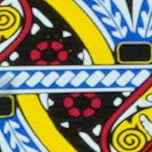

There is little to see here: some yellow edges show hints of CA on the top images at wider apertures, but truly these results are near-perfect.
Purple fringing
There were no occurrences of purple fringing in our tests with the Tamron 20-40mm.
Distortion
Distortion refers to a lens’s ability to represent straight lines as straight lines… Wide angle lenses frequently generate barrel distortion, while longer focal lengths are more likely to cause pincushion distortion.
The Tamron 20-40mm covers a 2x focal and reaches a wide aperture. As such, we expect some distortion, particularly at the wider end.
We use a standard test pattern of straight lines and test at varying focal lengths.
The images below show the uncorrected and corrected distortion figures at various focal lengths.
20mm
28mm
40mm
Surprisingly, the worst distortion manifests at 40mm. The designers obviously optimised their design primarily for 20mm, as even 28mm shows some pincushion distortion. At 20mm, we measure only 0.6% of barrel distortion, 0.8% of pincushion at 28mm and 1.4% at 40mm. The results at 40mm in particular will be off-putting for most people, since distortion normally gets milder as focal lengths approach 50mm.
These results mean that built-in corrections should be used whenever possible.
Sample images
Here is a gallery of samples images captured with the Tamron 20-40mm. You can click on individual images for a larger view.










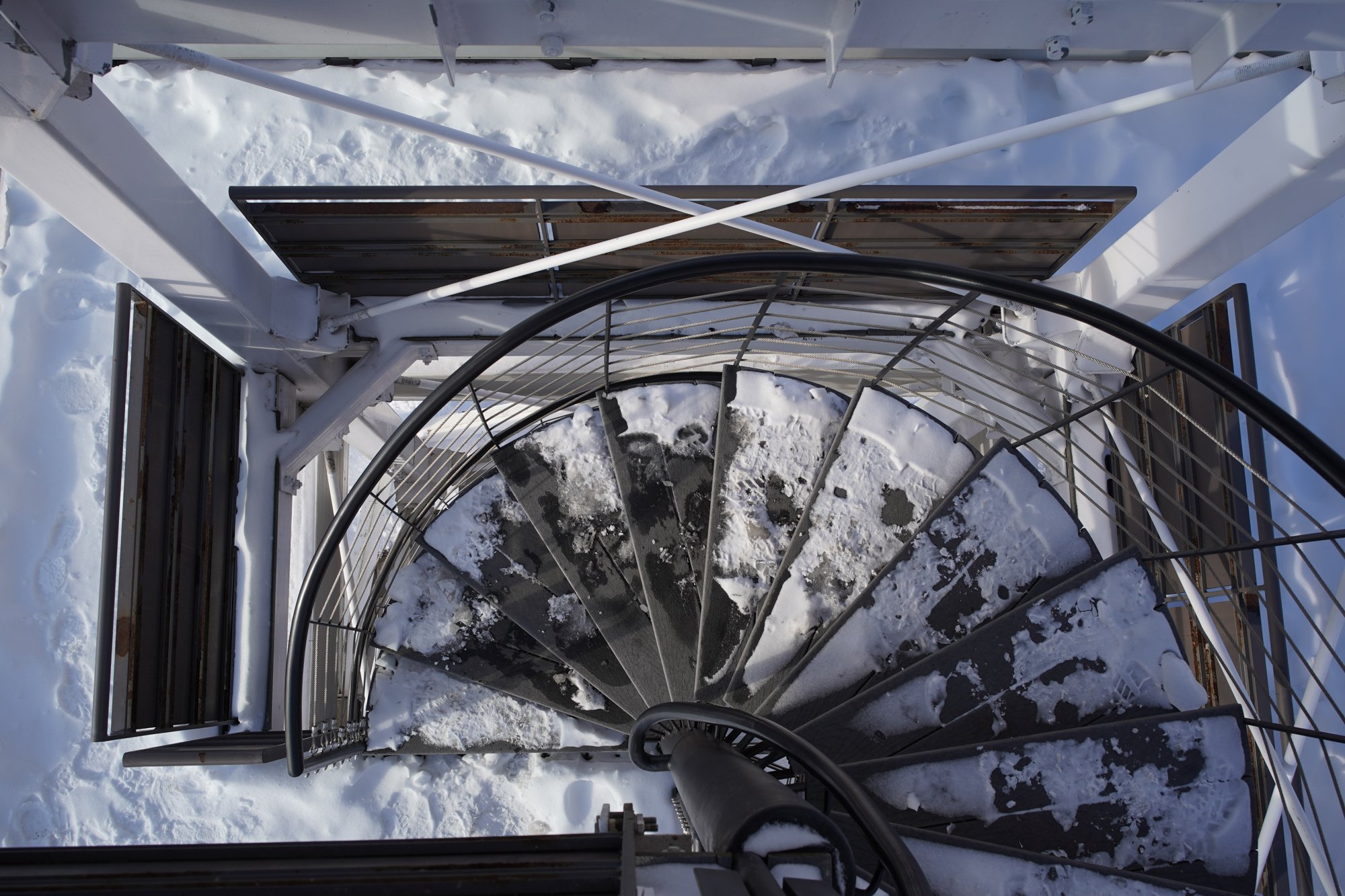


















Conclusion
With the 20-40mm F2.8, Tamron again attempts to differentiate its product line from that of other manufacturers.
The lens has many qualities. It is compact, only slightly bigger than prime lenses within its range. It offers a constant and fast F2.8 aperture. It is weather resistant. It offers fast AF. Its price point is reasonable. All of this contribute to creating a compelling package where a single lens can replace several others.
All of this amounts to nothing if the lens cannot deliver good optical performances, however. Thankfully, the Tamron 20-40mm is another fine example of what Tamron is capable of.
Build quality is good. The 20-40mm offers basic features, with no controls or switches, just a USB-C port for updates. It is still well assembled, very light, and is even weather resistant. The plastic outer shell is the same as the one used on the company’s recent products. The difference is subtle, but it feels more premium than the first E-mount lenses from Tamron.
Sharpness is, again, a strong aspect of this Tamron lens. Center sharpness is dependable in all conditions, edges and corners are generally close to center quality around F5.6 or F8, and uniformity at 20mm is surprisingly good. Corners at 40mm are weakest.
Distortion is minimal at 20mm, but noticeable at longer focal lengths, up to 1.4% at 40mm.
Chromatic aberration is mostly absent, as is purple fringing.
Bokeh and out-of-focus rendering are adequate, but not fantastic. A disappointment for an F2.8 lens, transitions remain smooth but highlights and general bokeh textures are busy. This is not overly dramatic for a wide angle lens, but is still something we would have liked to see improved.
Flare and ghosting control is good. Worse results occur with the light source close to the center, whereas sources in the corners show better flare control.
Starbursts are nothing special: rays appear only at smaller apertures and tend to diverge instead of tapering.
Vignetting is important and will almost always be visible if left uncorrected.
Focusing is certainly a strong point : the lens can compete with the best, both for tracking and for pure AF speed. In low light AF speeds get slower, but not abnormally so. In good light AF is near-instant. Many will see the 20-40mm as a competitor to Tamron’s 20mm, 24mm and 35mm primes. Those three lenses have one distinct advantage over the zoom: they offer close focusing capabilities, with 1:2 magnification. The 20-40mm sadly offers only 1:3.8.
This Tamron lens gets a lot of things right. It is an excellent option for anyone who wants to travel light and still be able to face many photo situations. This is not a portrait lens, even though it can serve that purpose at 40mm in a pinch. Rather, it is a great option for indoors, closed spaces, landscapes and cityscapes. For many, it can be a more convenient replacement for a 16-35mm or 17-28mm lens, or a more versatile alternative to a 20mm or 24mm prime.
With the 20-40mm F2.8, Tamron continues to show their creative side, and the possibilities for compactness offered by mirrorless cameras. Despite its few weak points, this lens truly is an excellent package with many qualities, both in its ergonomics, performances, and price.
Pros
- Light, comparatively compact and weather resistant
- Filter size consistent with Tamron’s other lenses
- Excellent center sharpness at all apertures and focal lengths, edges and corners not too far behind
- Pleasing color rendering
- Almost no CA or PF
- Unique and versatile focal range
- Reliable and fast AF tracking, extremely fast static AF in good light
- Low price when compared with other wide angle F2.8 options
- USB-C port for easy firmware updates and customisation
Cons
- Prominent distortion
- Strong vignetting, never goes away
- Bokeh no more than adequate
- AF speed drops in low light
- Some flare with centered light sources
Check Price & Reviews: Tamron 20-40mm F2.8 Di III VXD
At: B&H Photo | Amazon
Before You Go
Do you already own this lens? Are you curious about it? If you do, we’d love to hear your thoughts in the comments below.









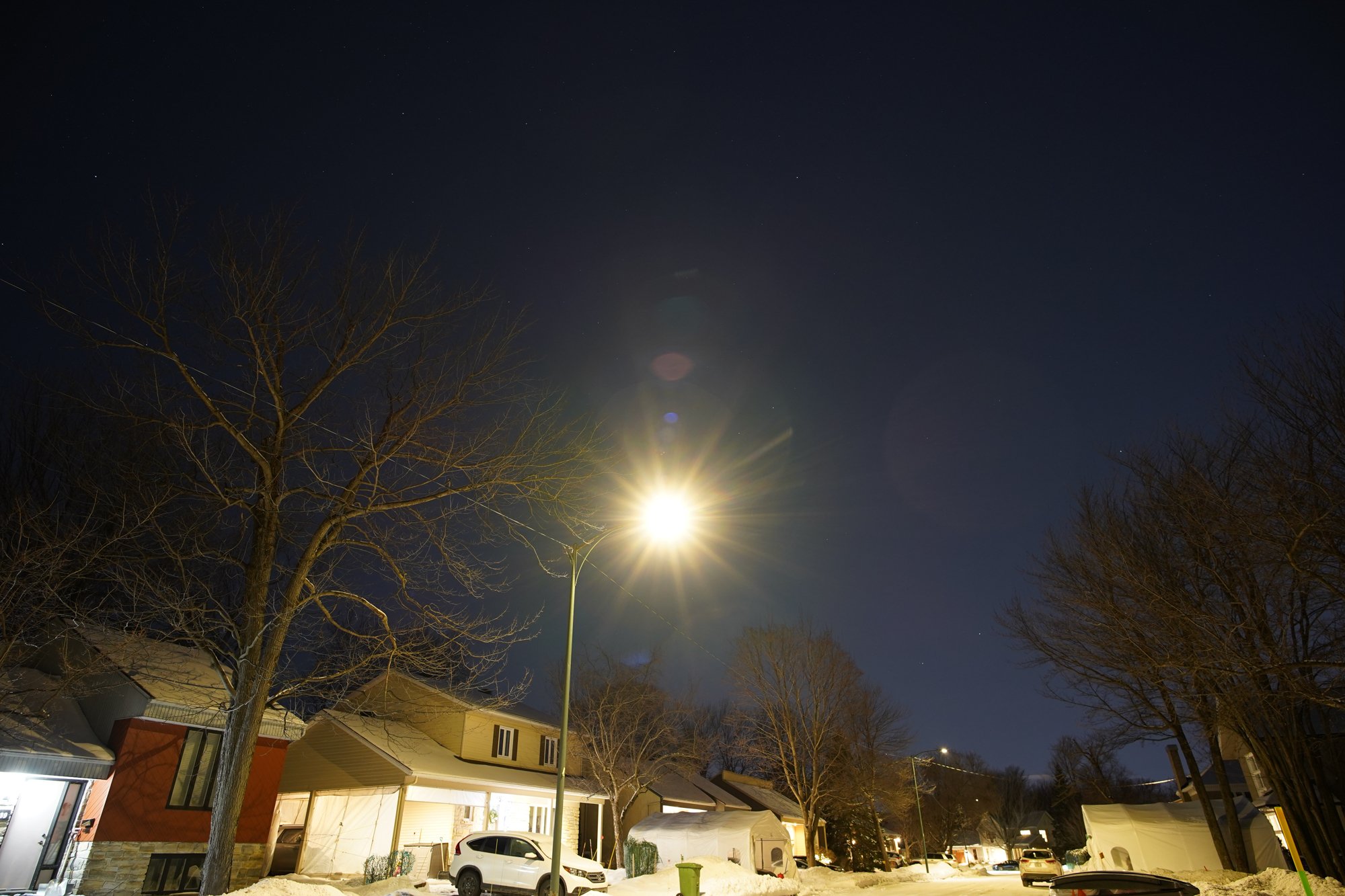
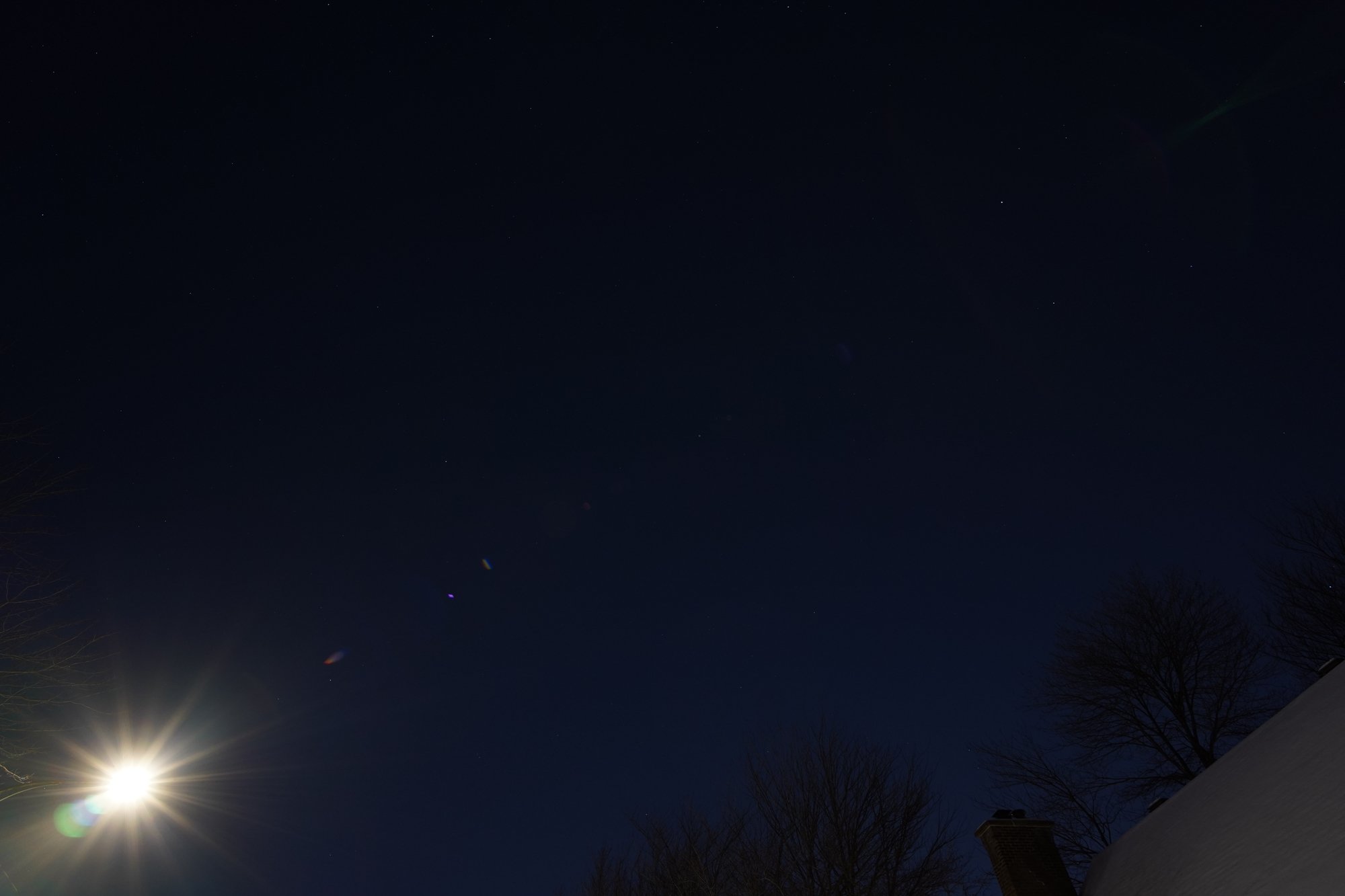
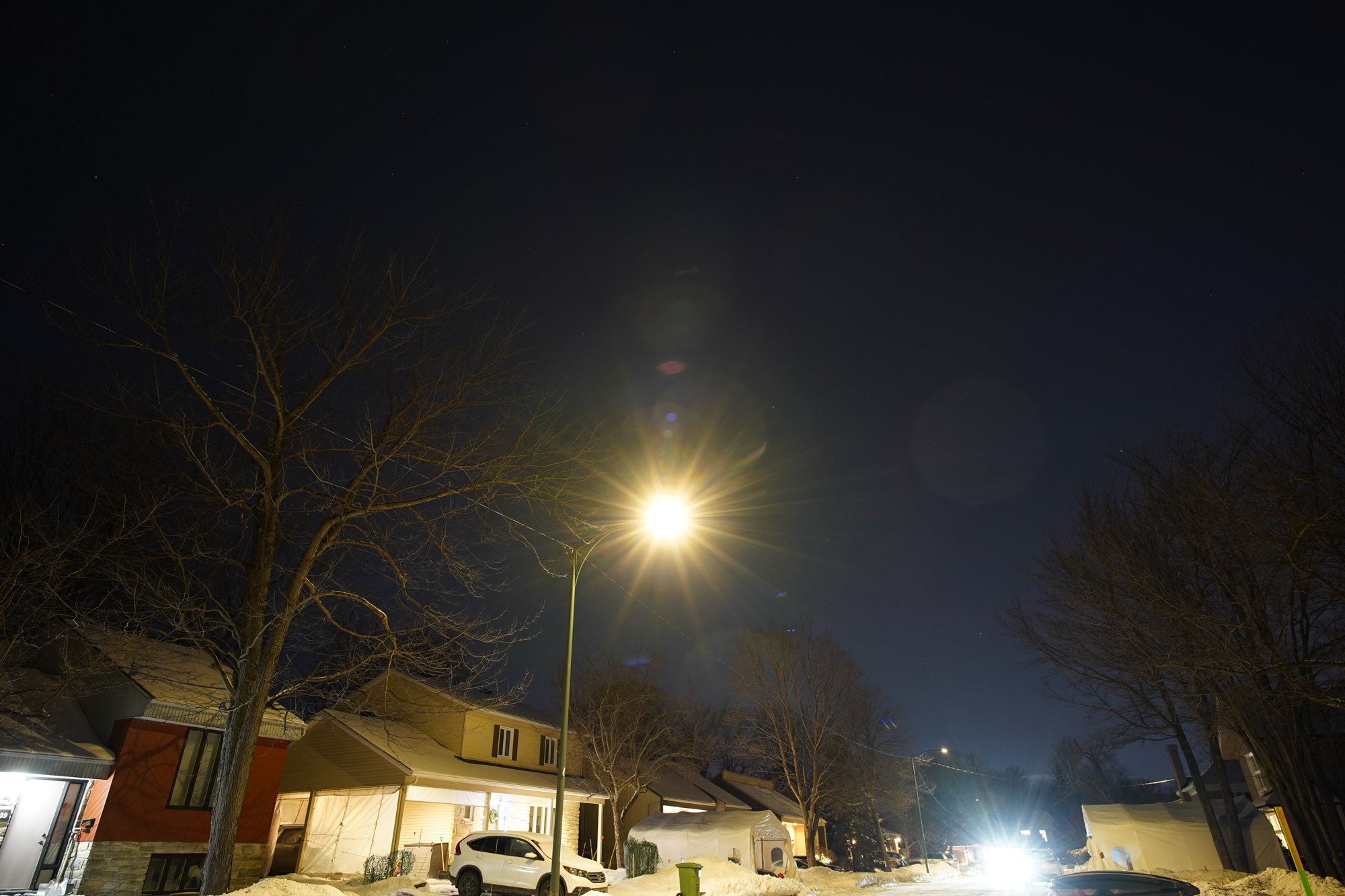
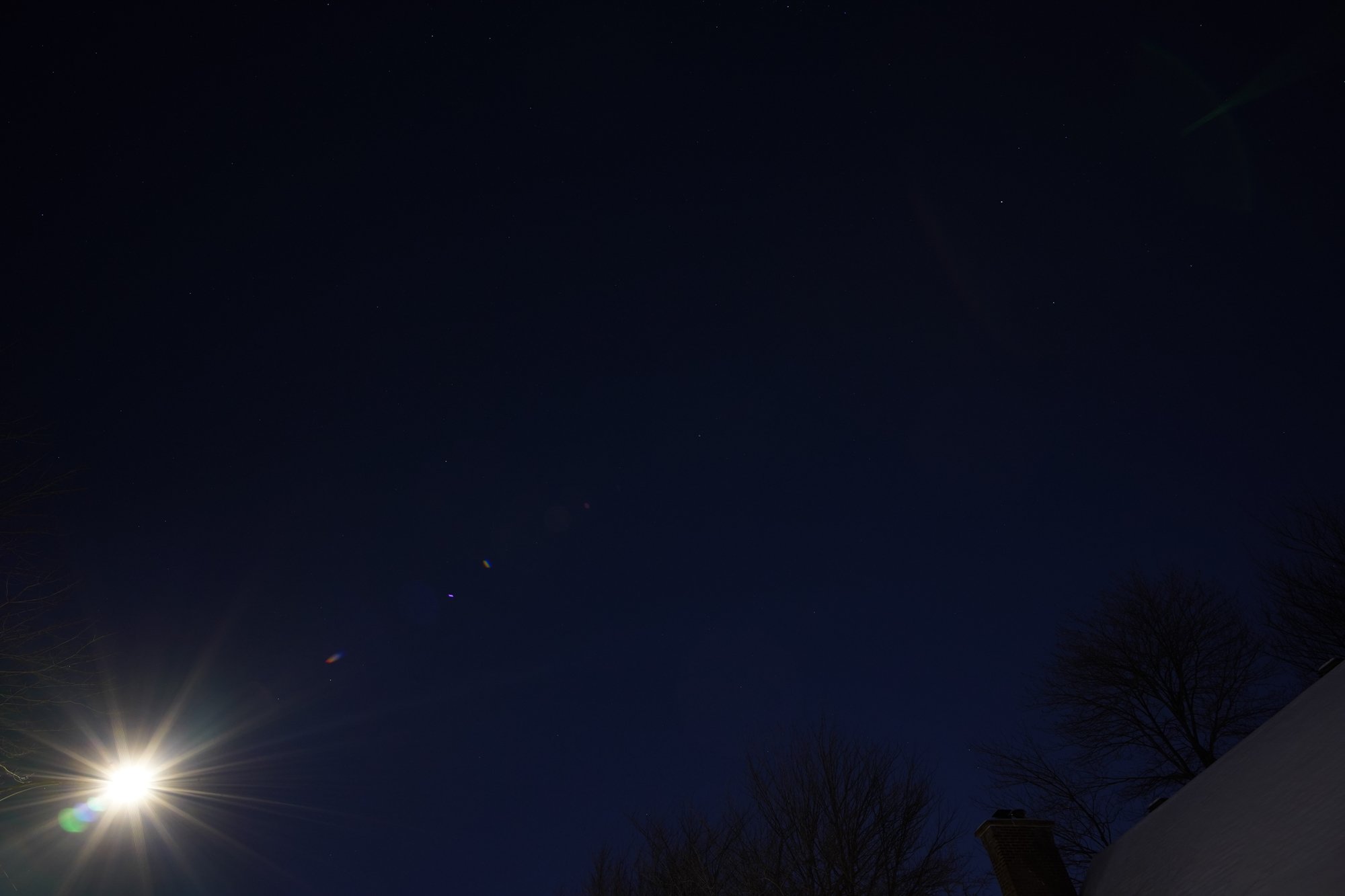
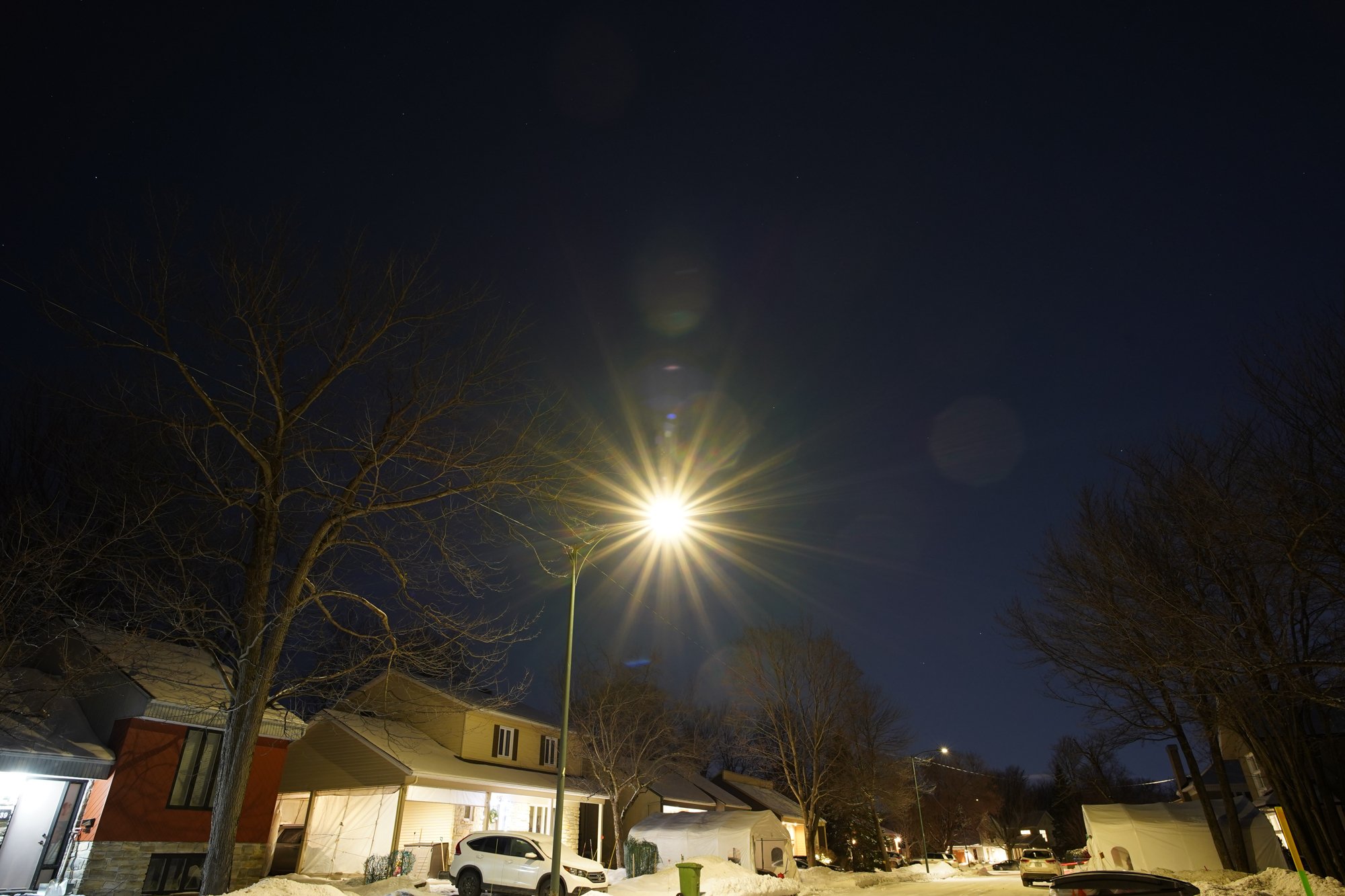

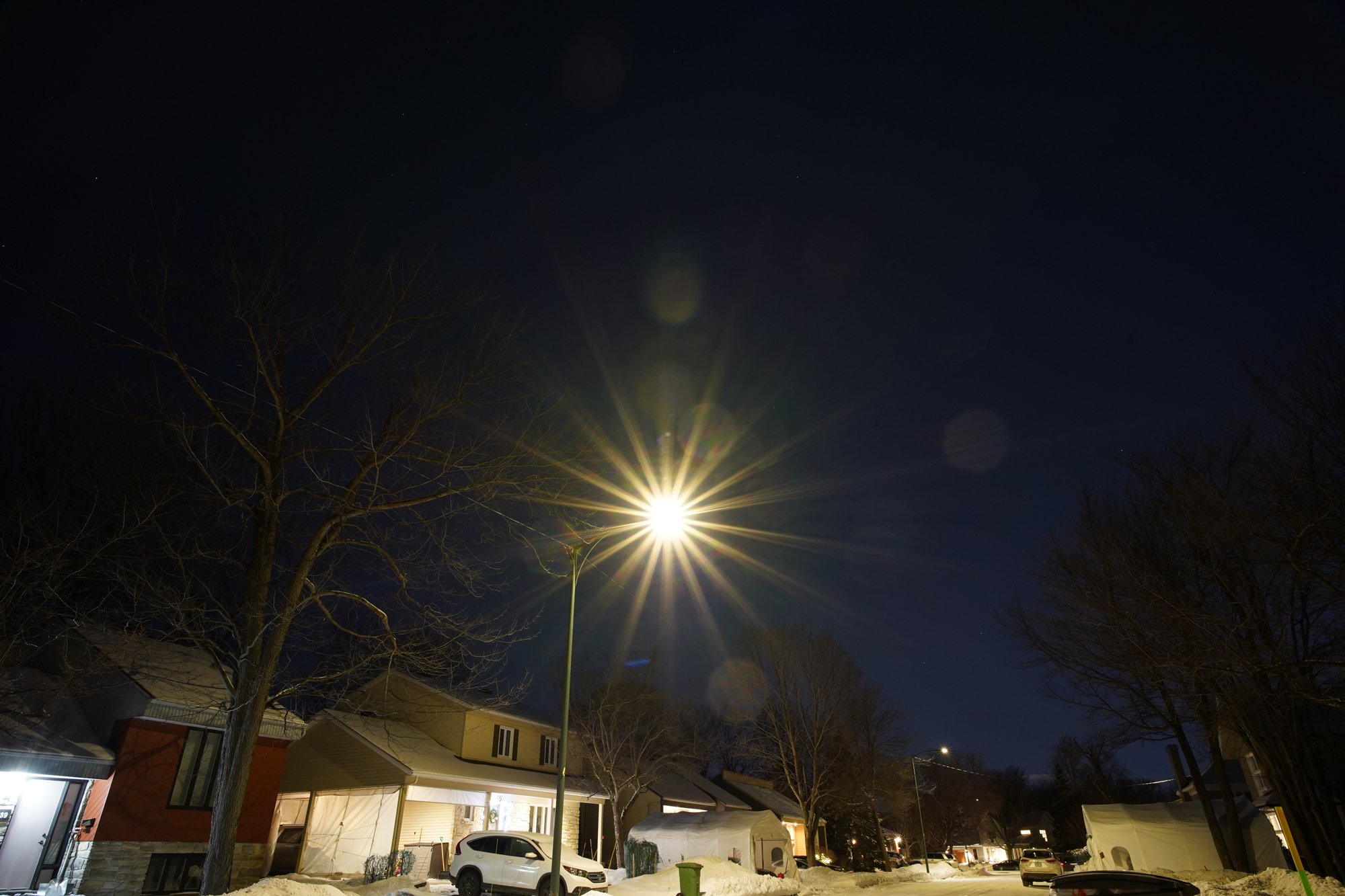

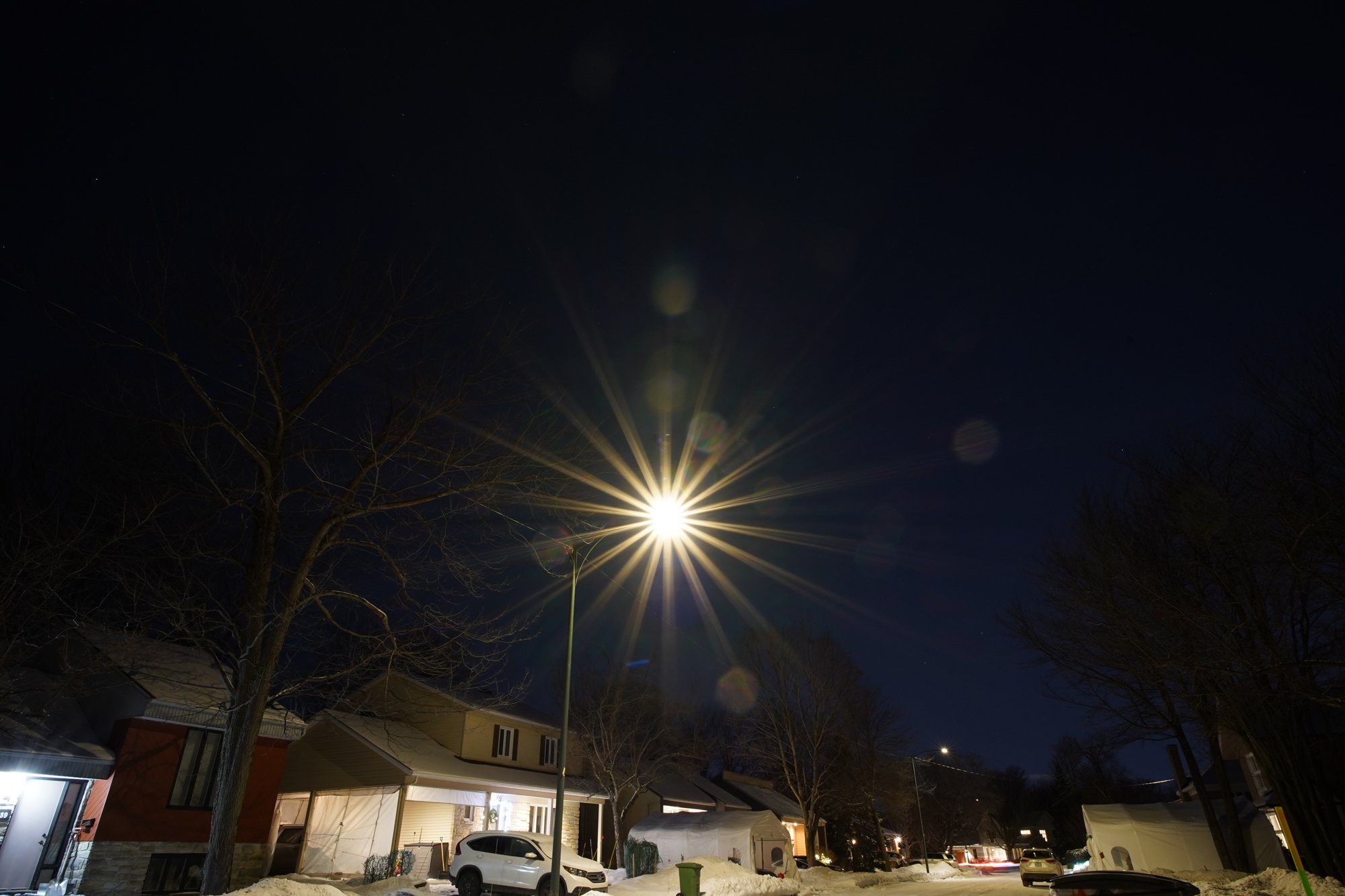
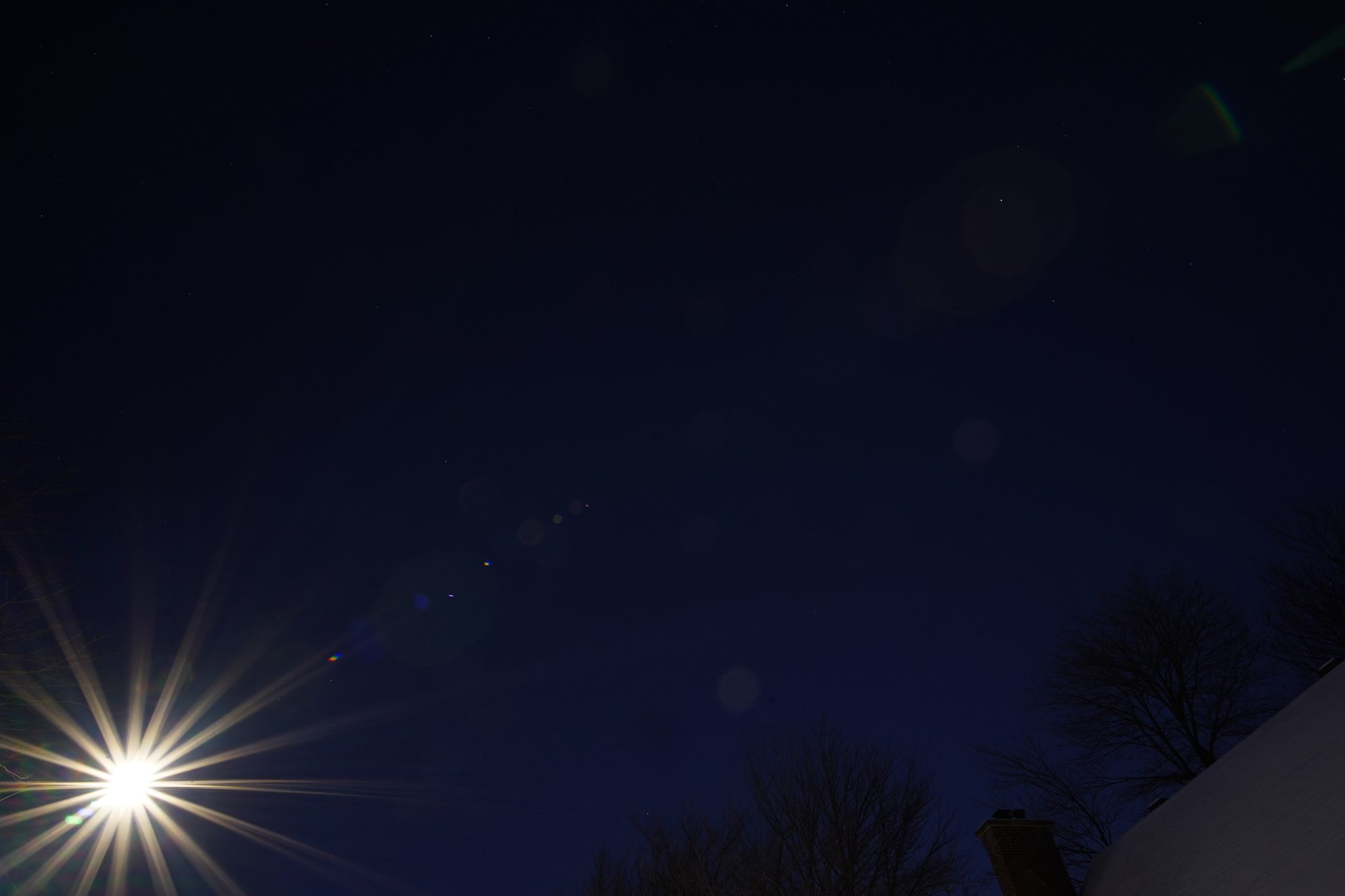

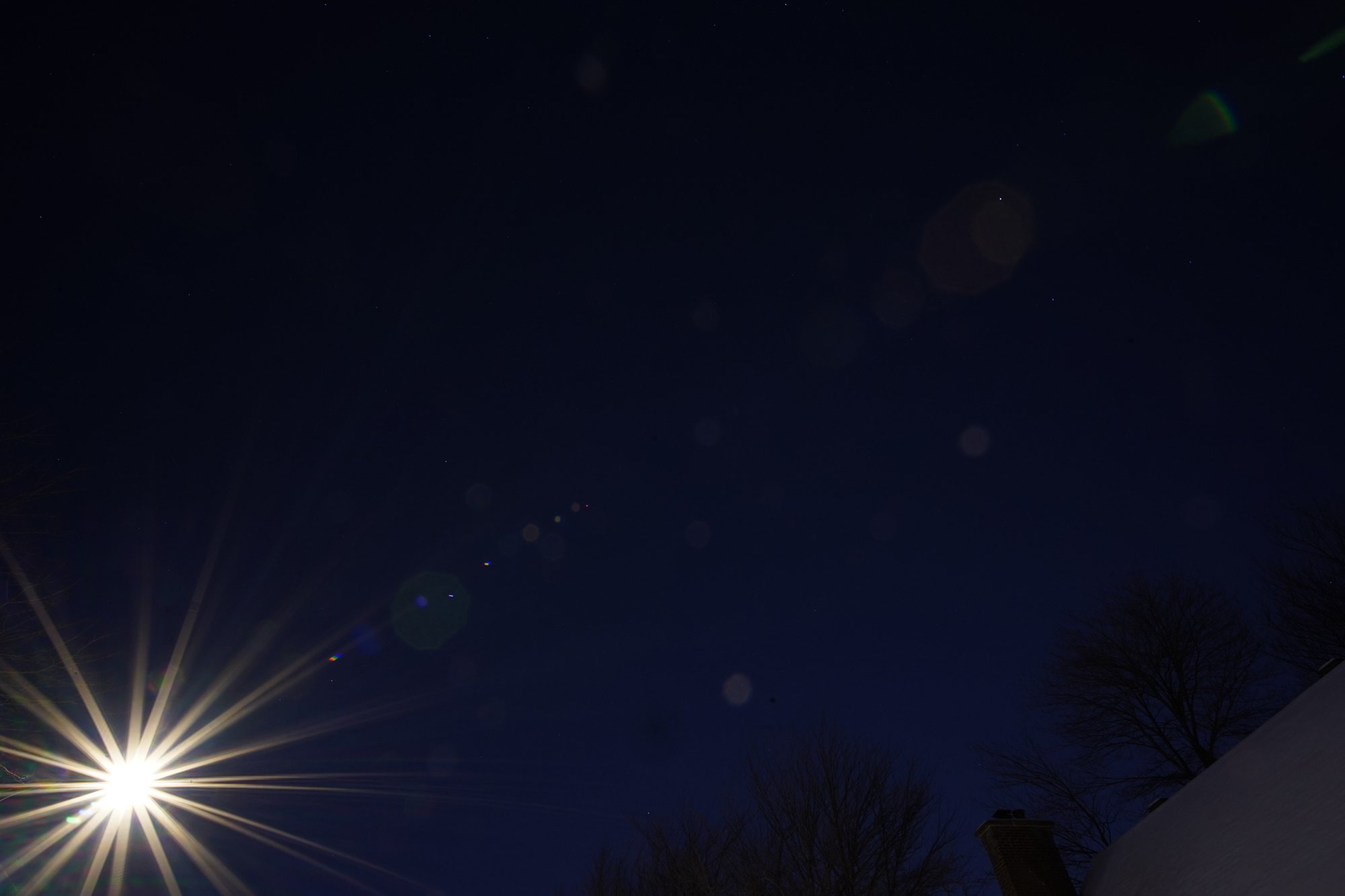
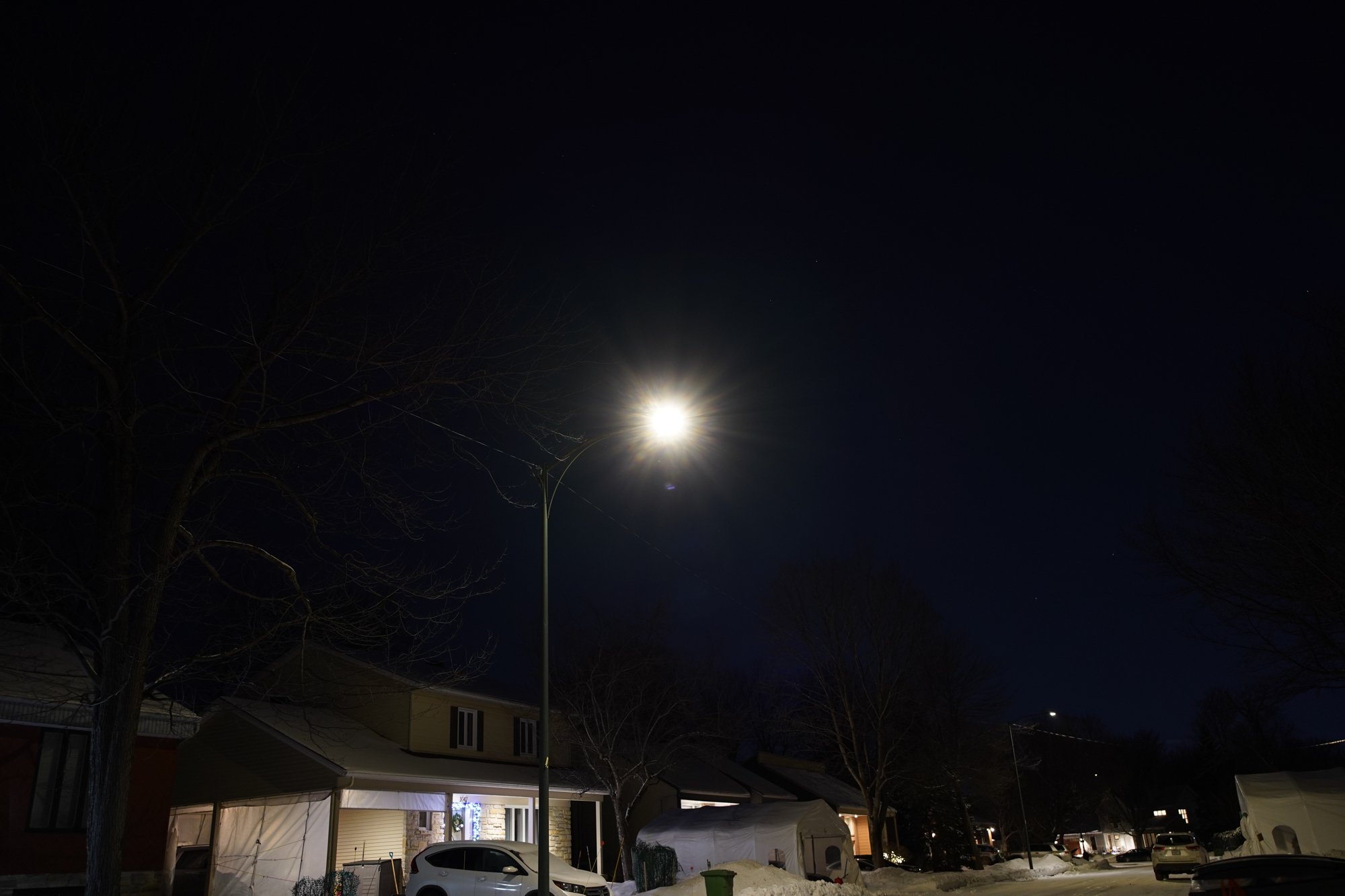
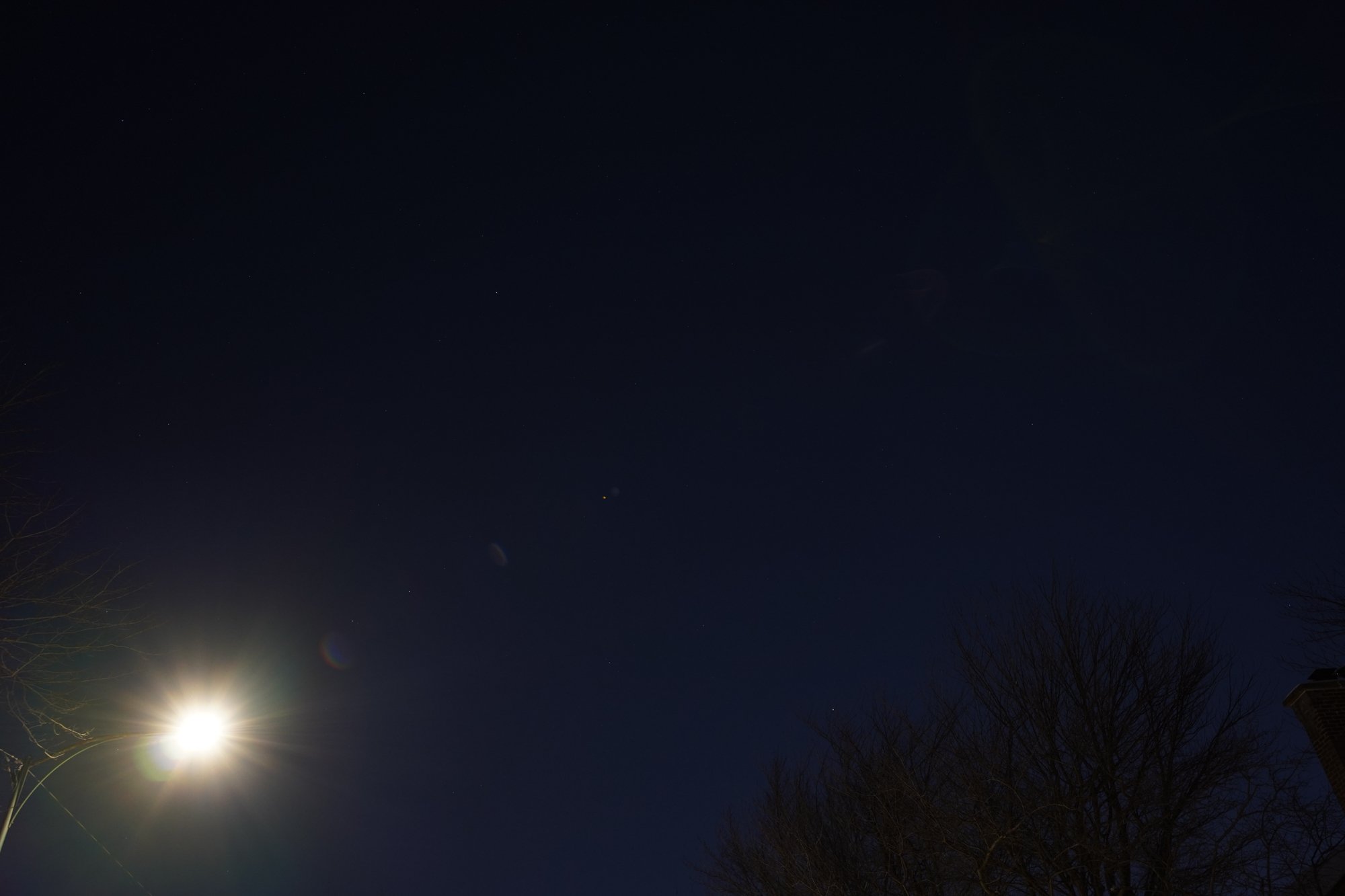

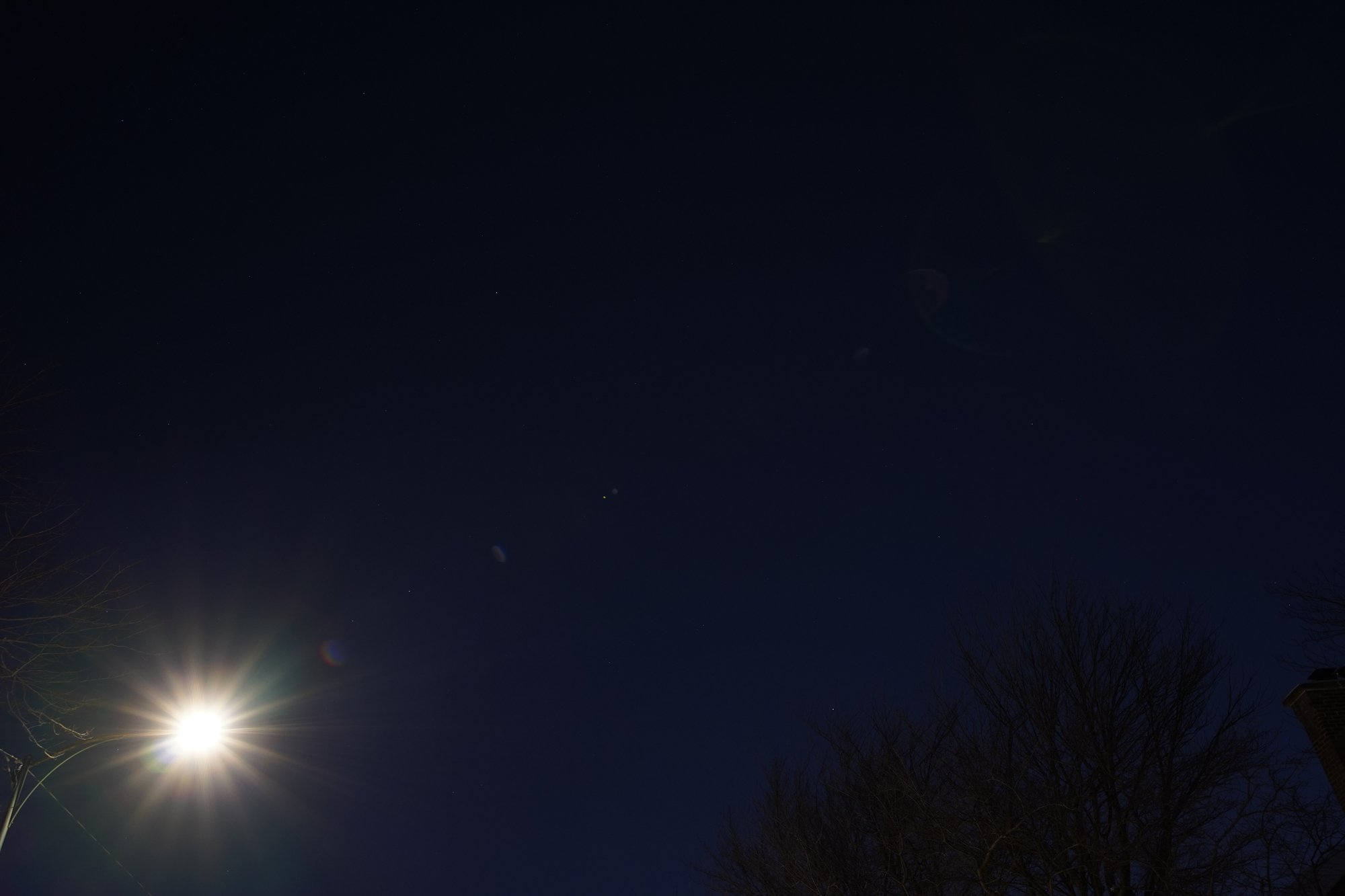
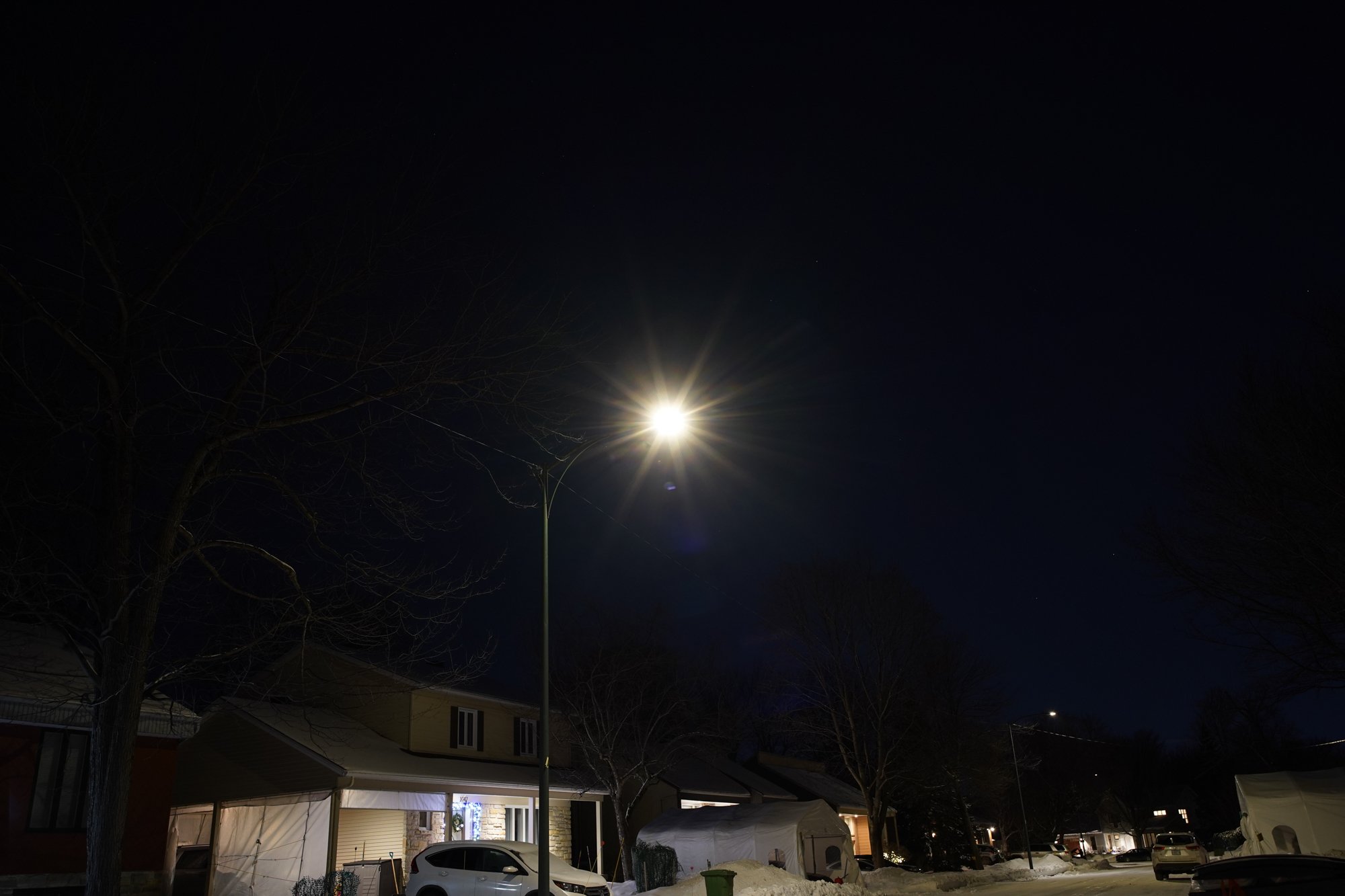


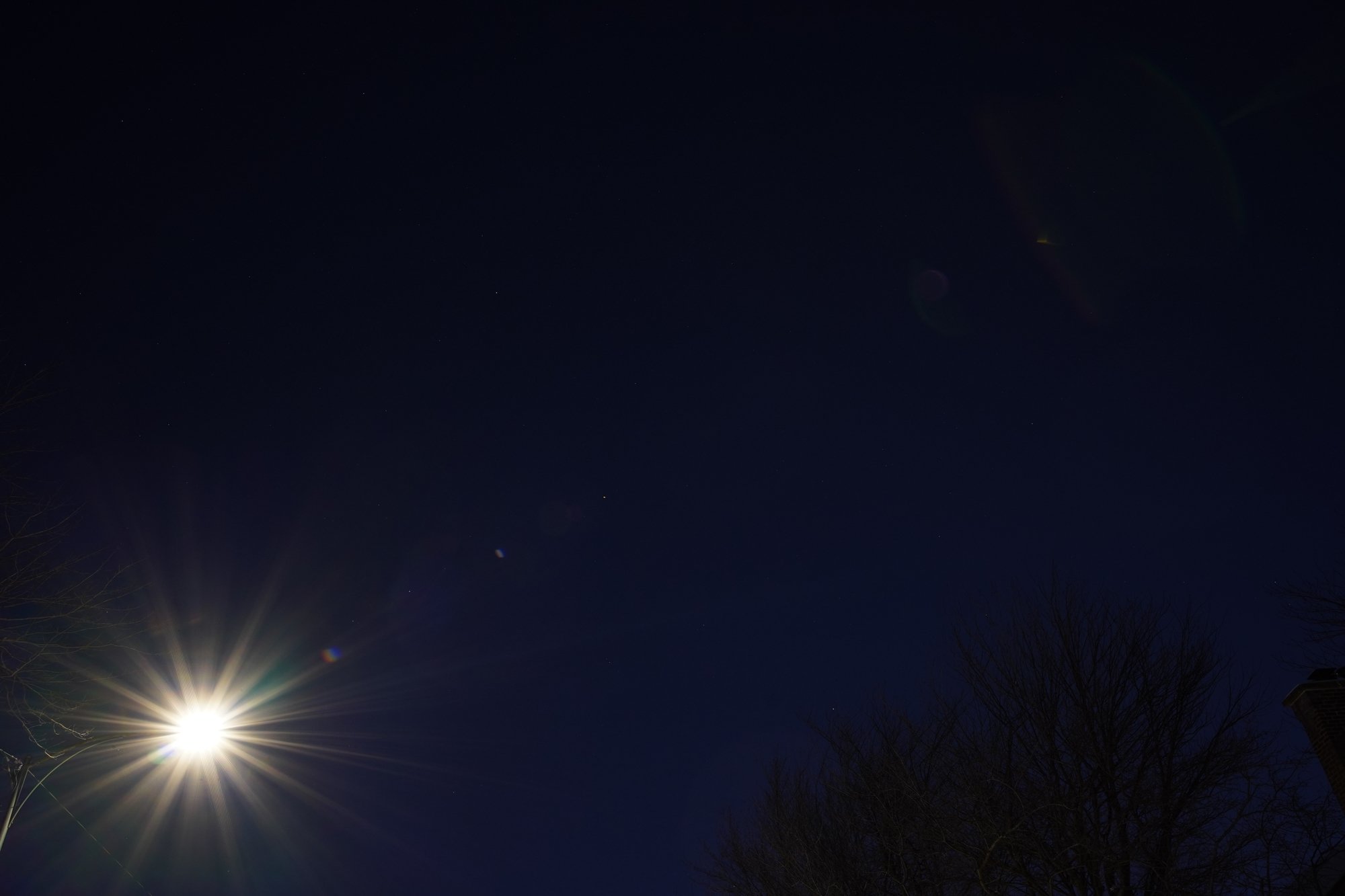
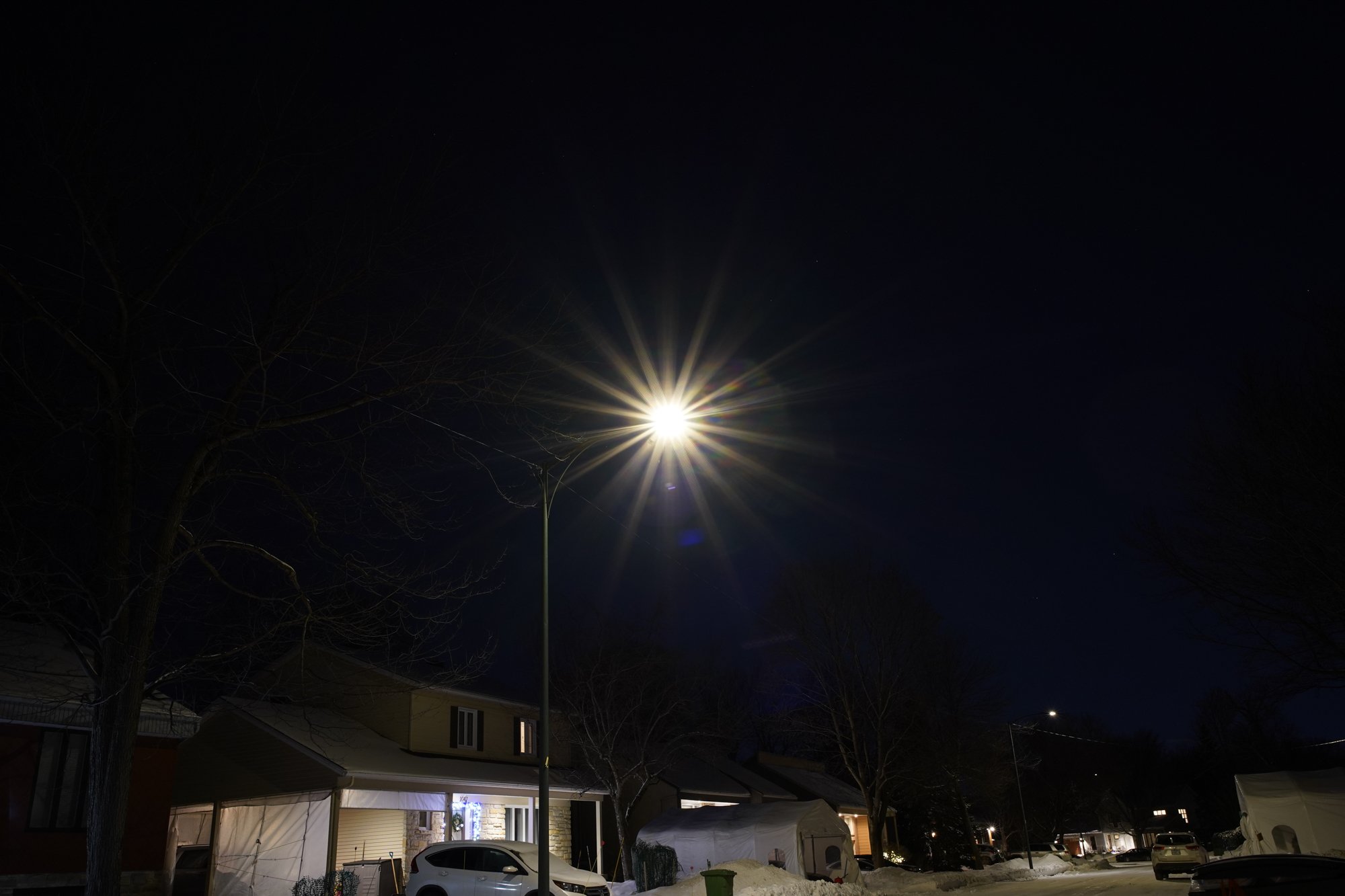
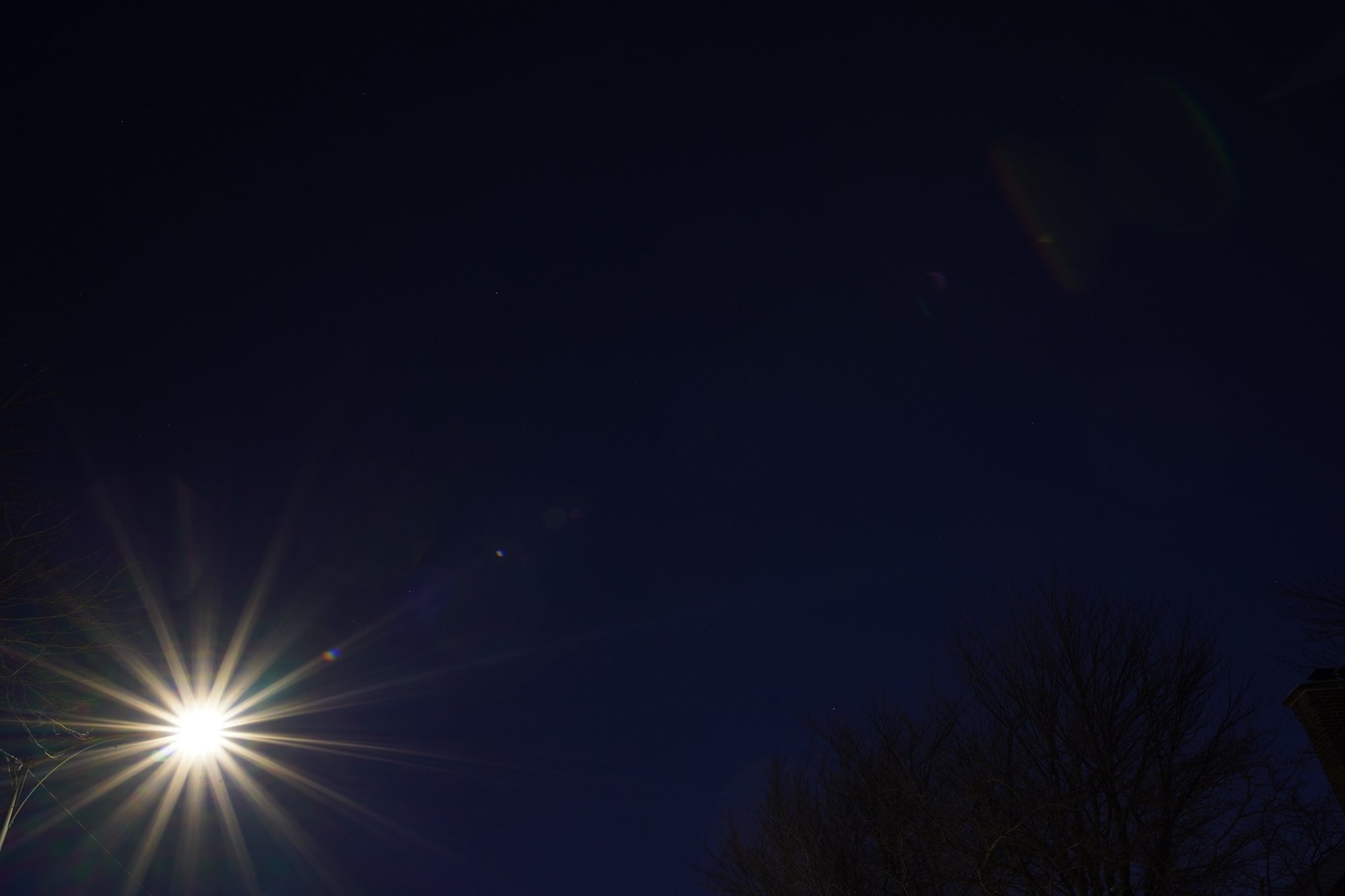


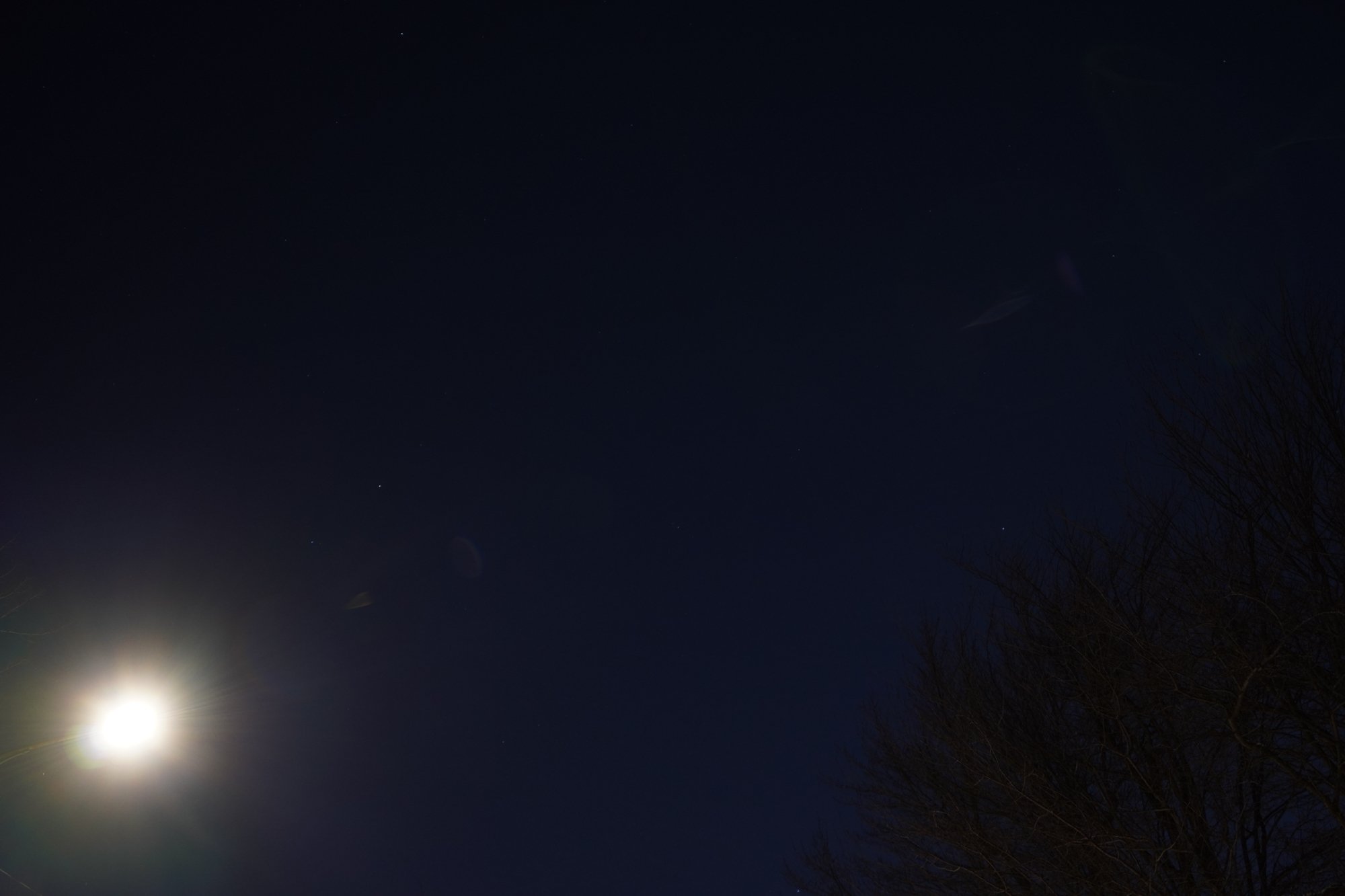
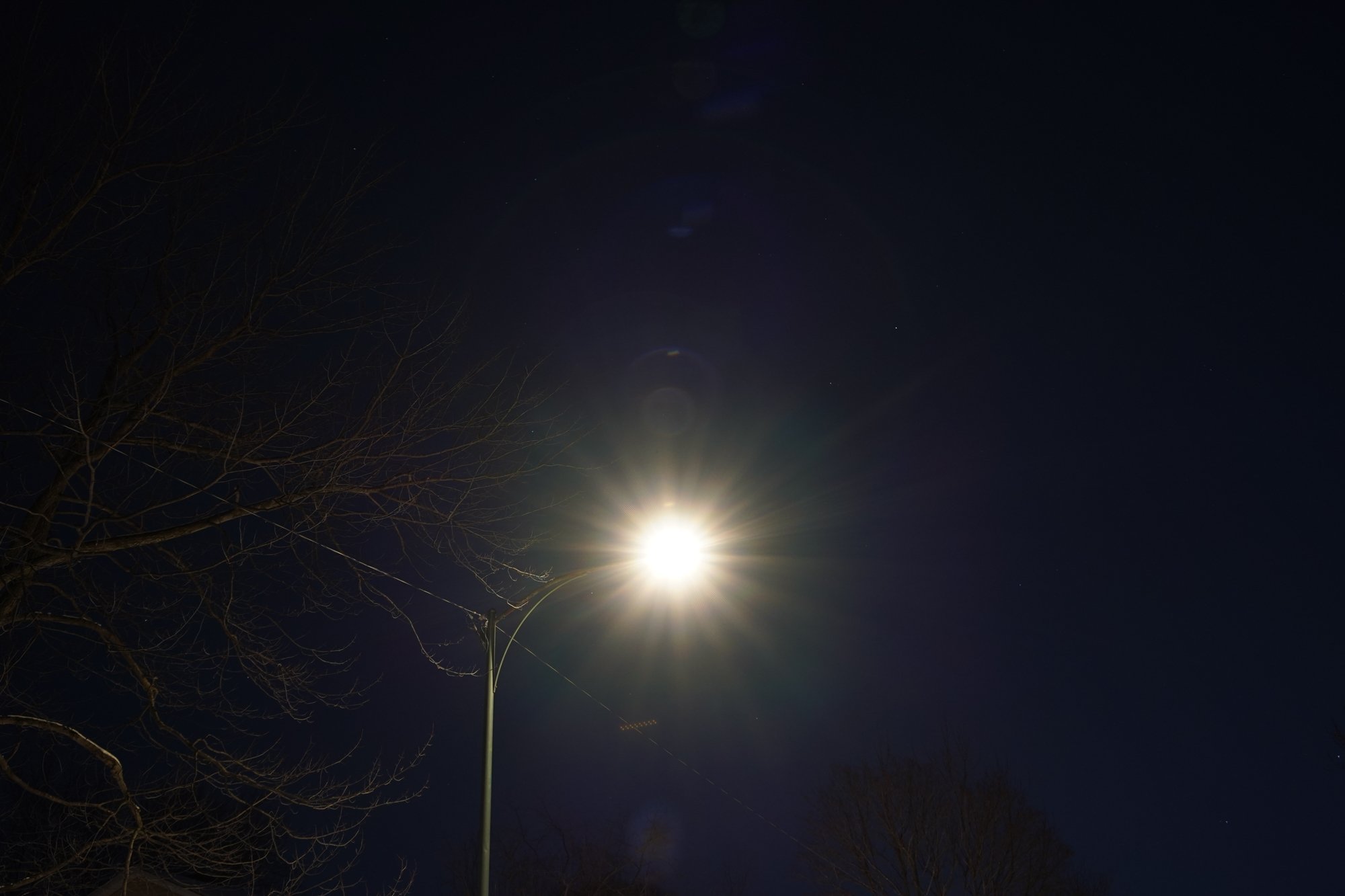

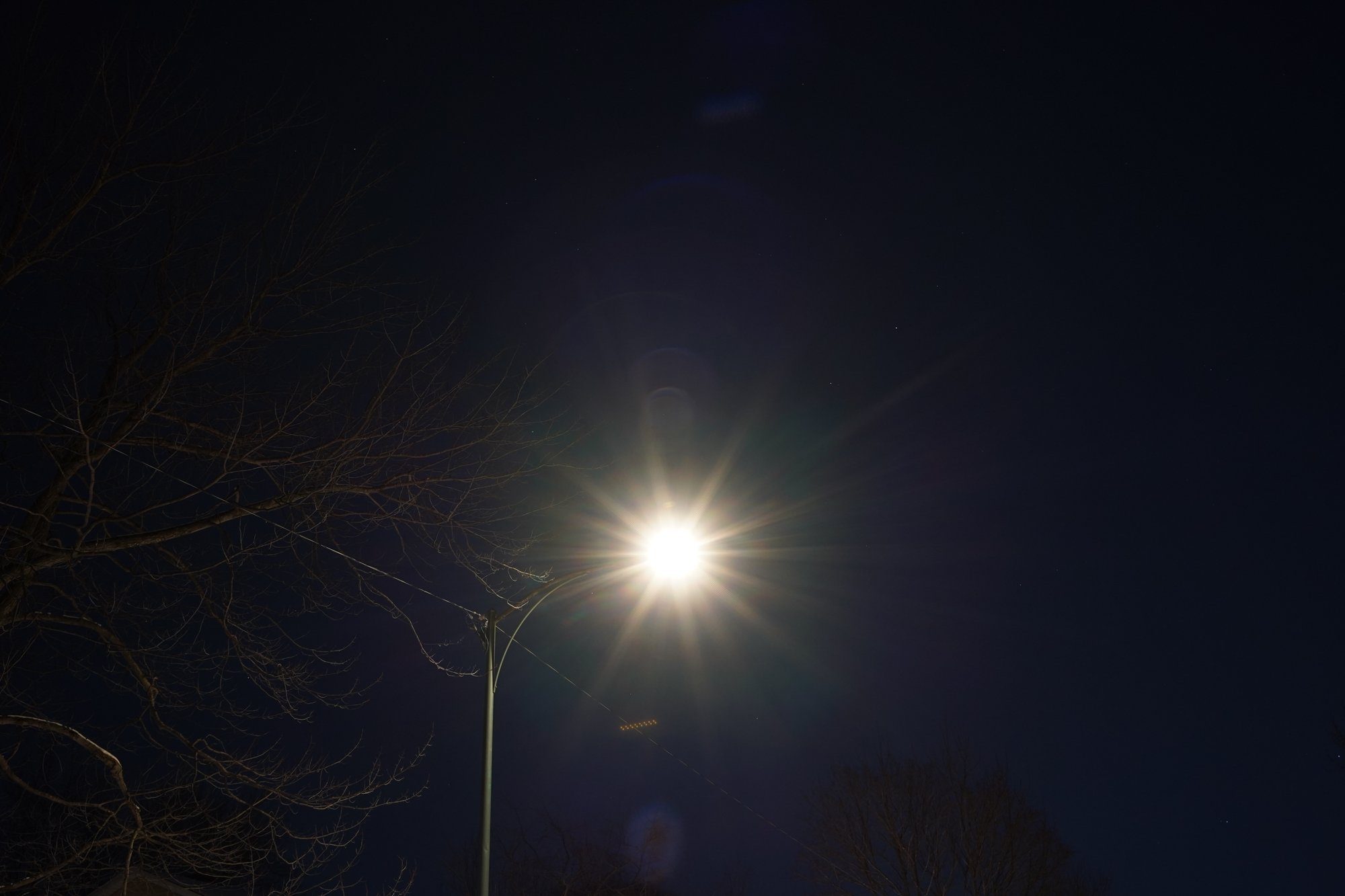
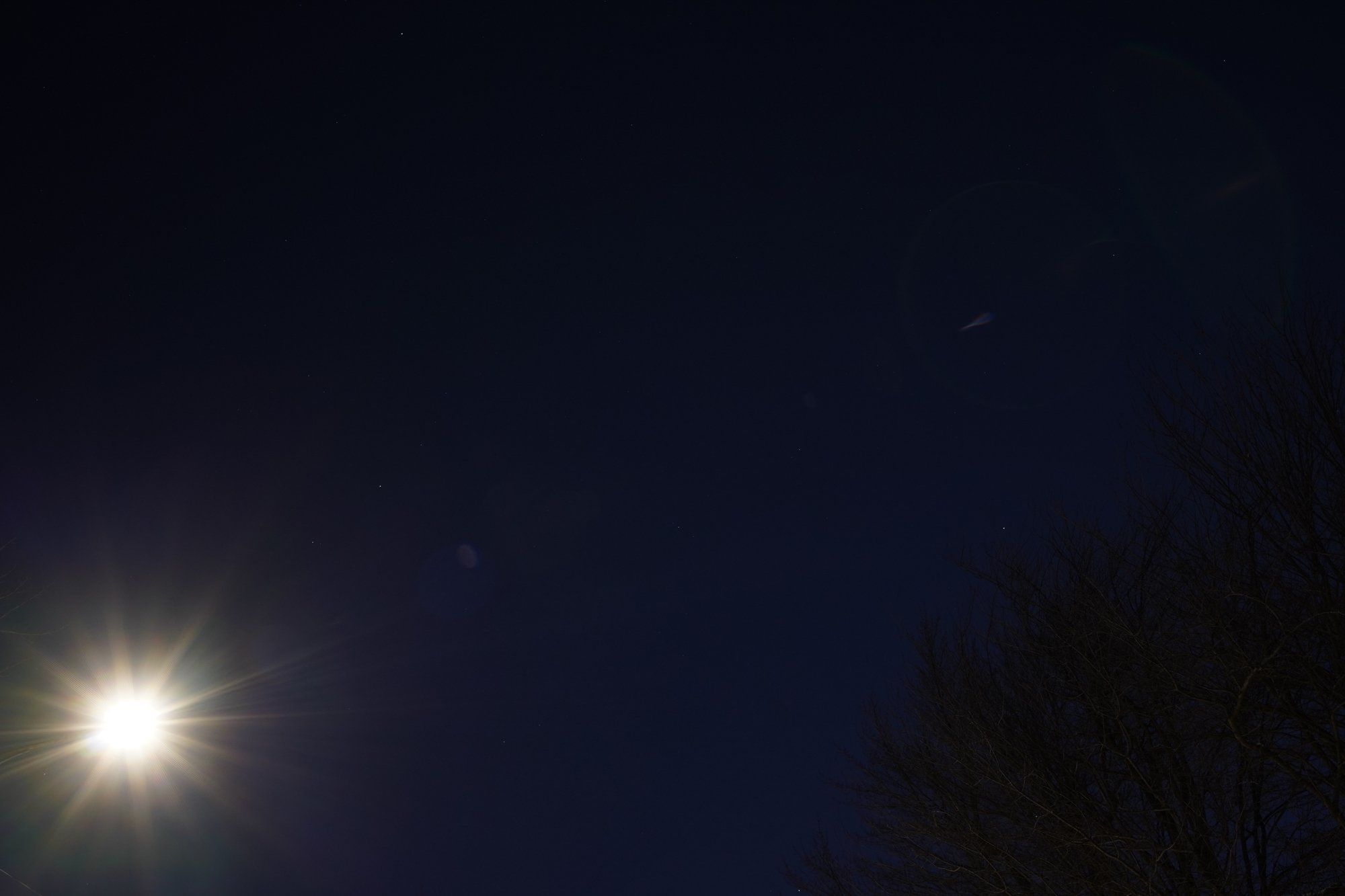
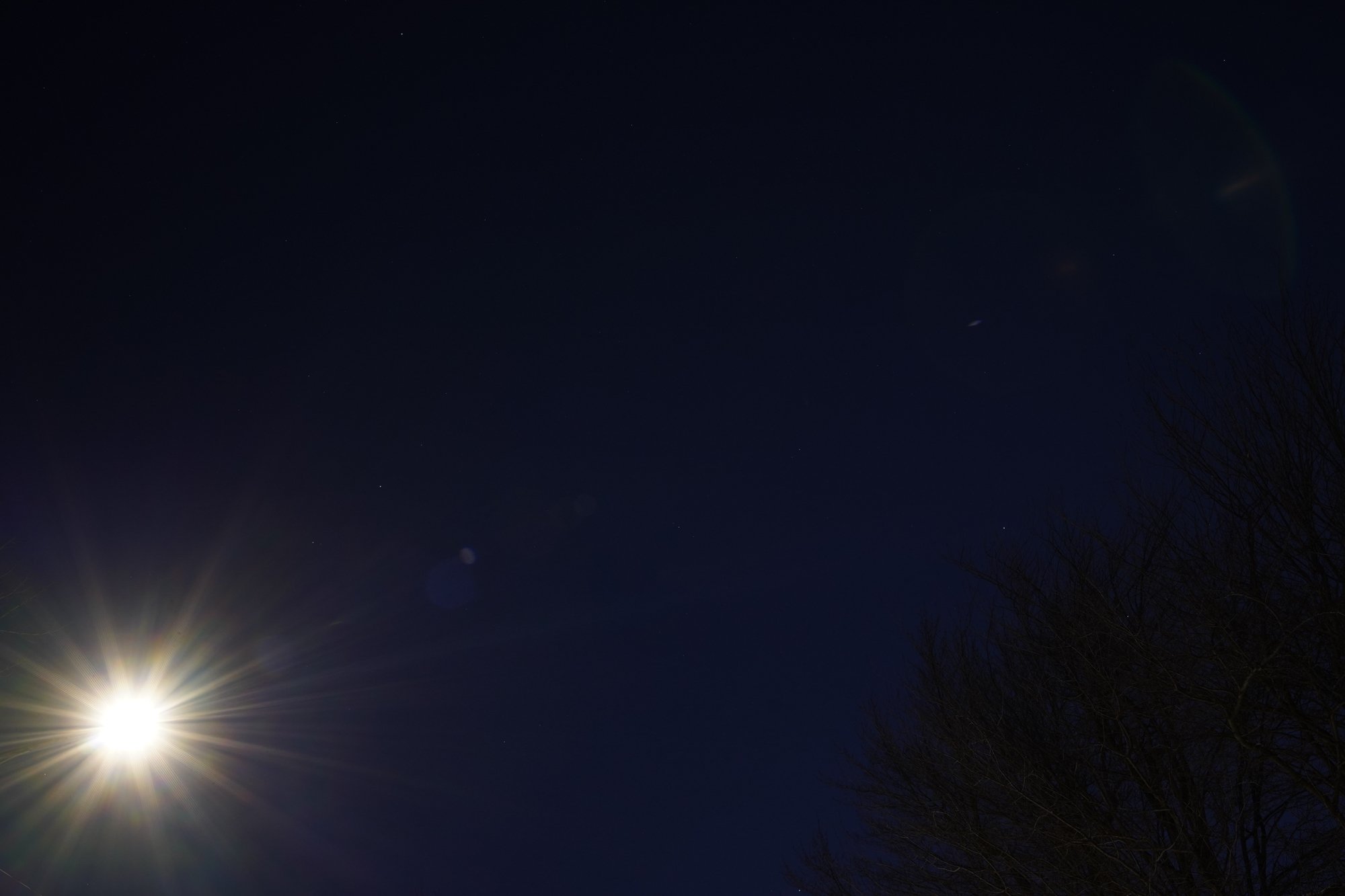
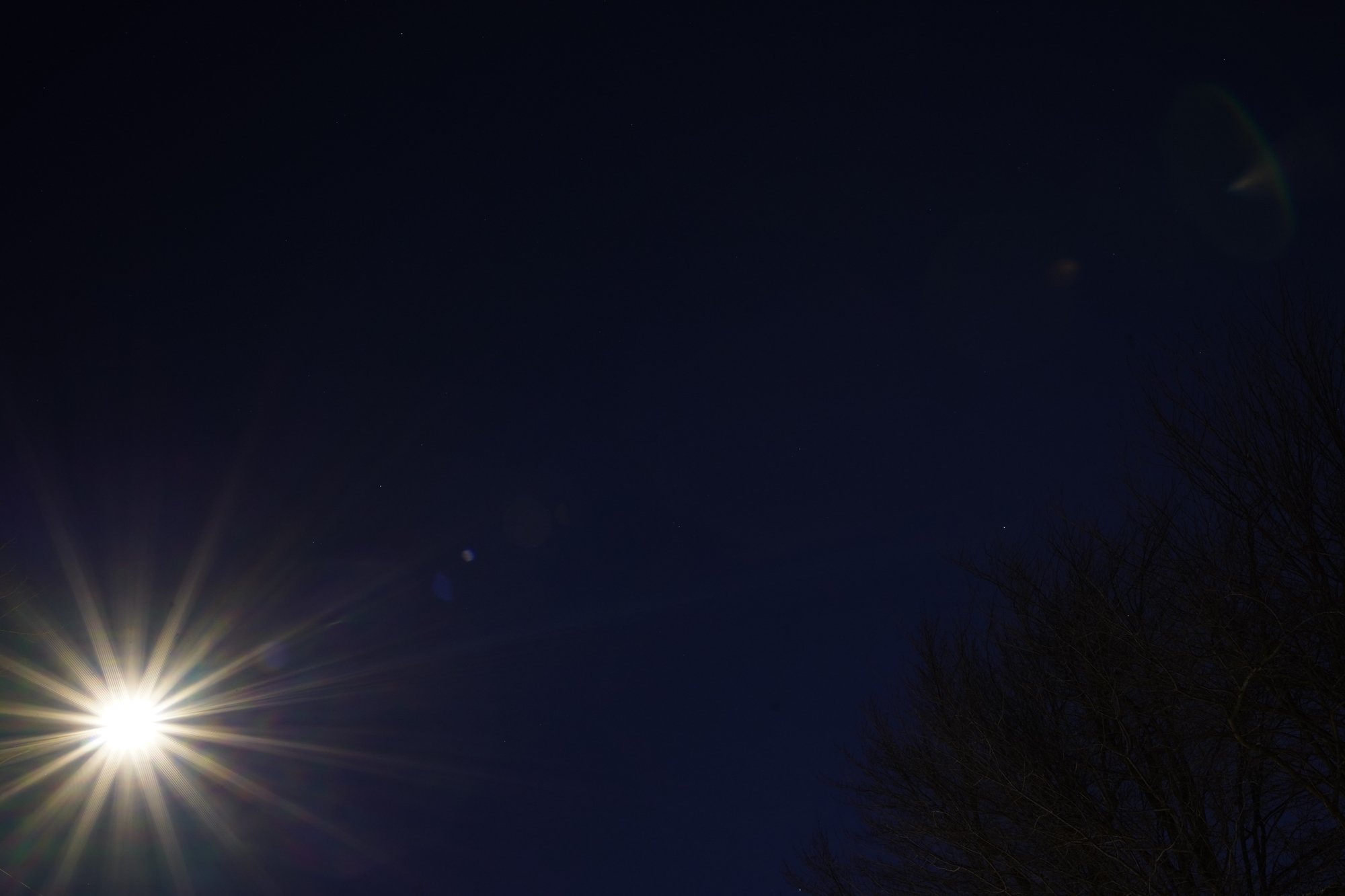
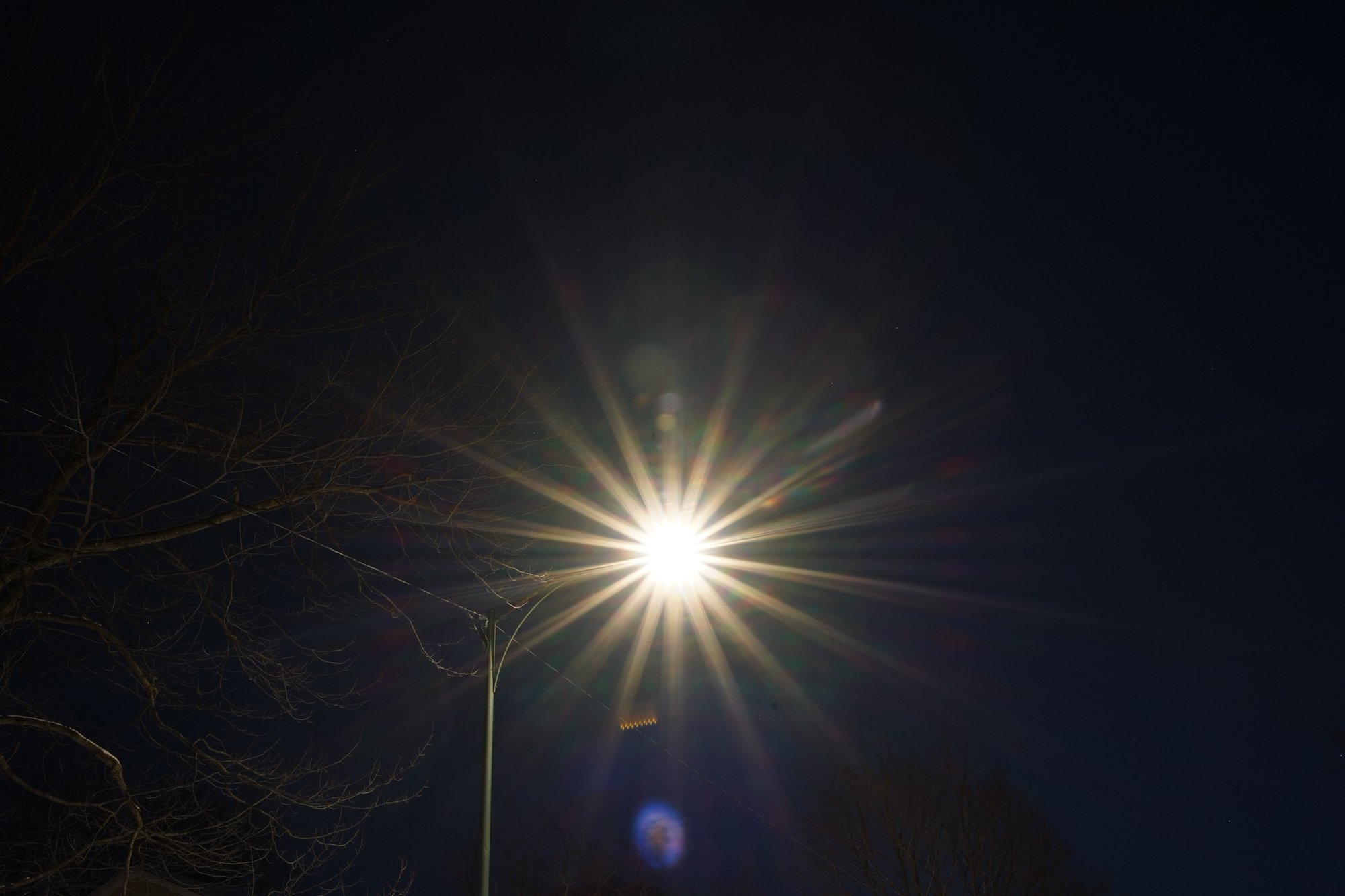
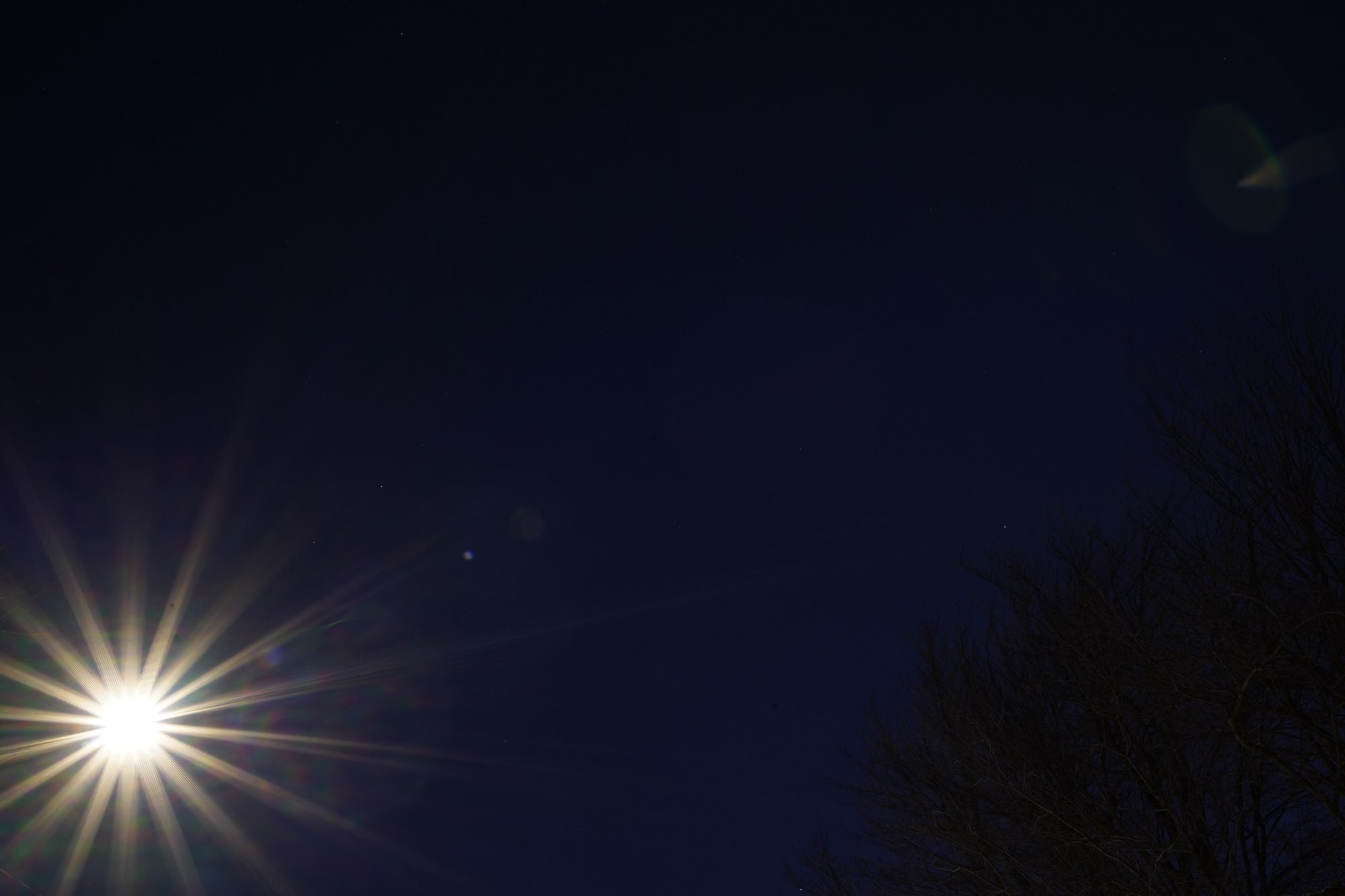
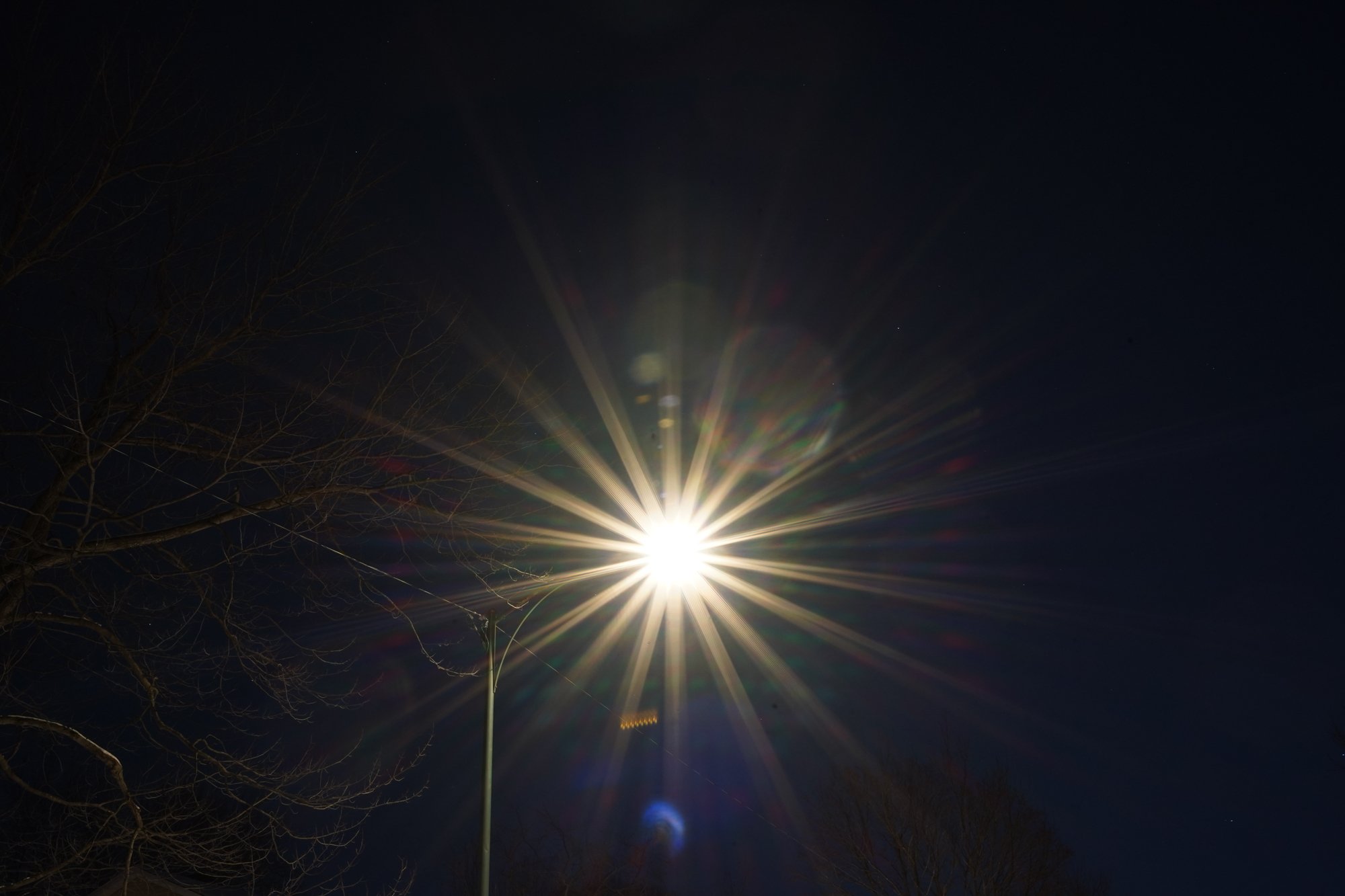








Leave a Reply